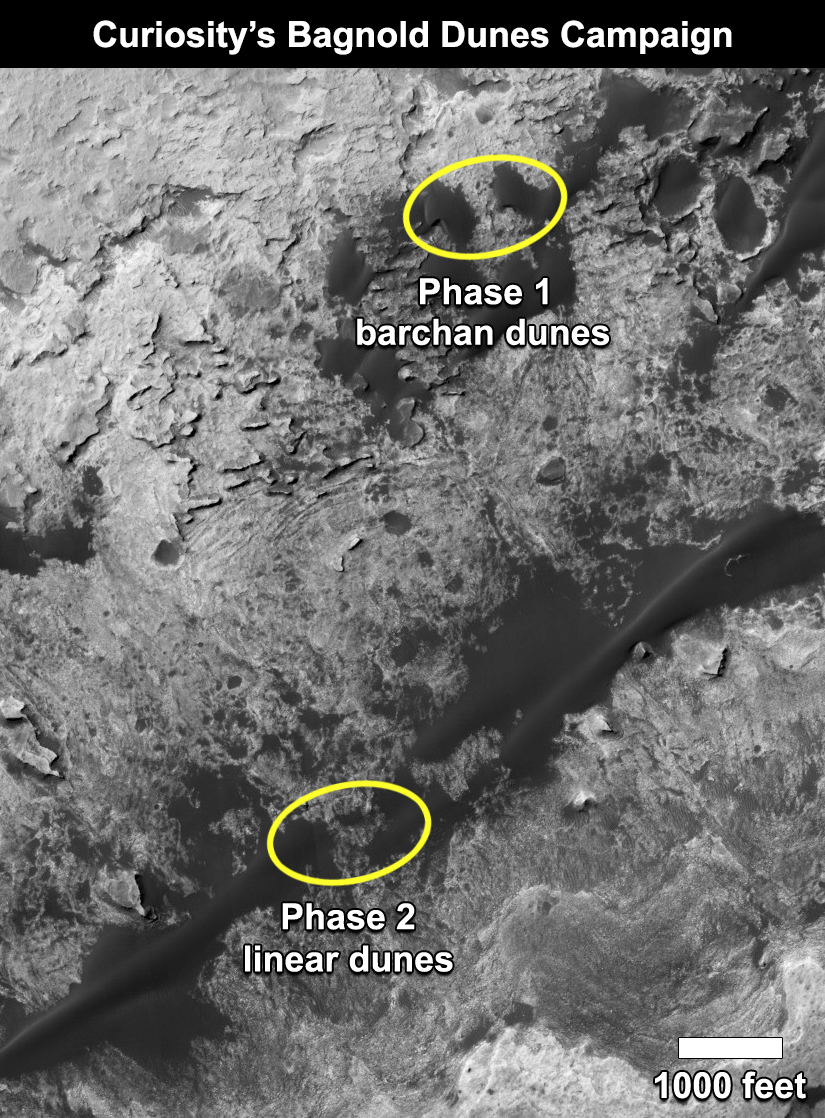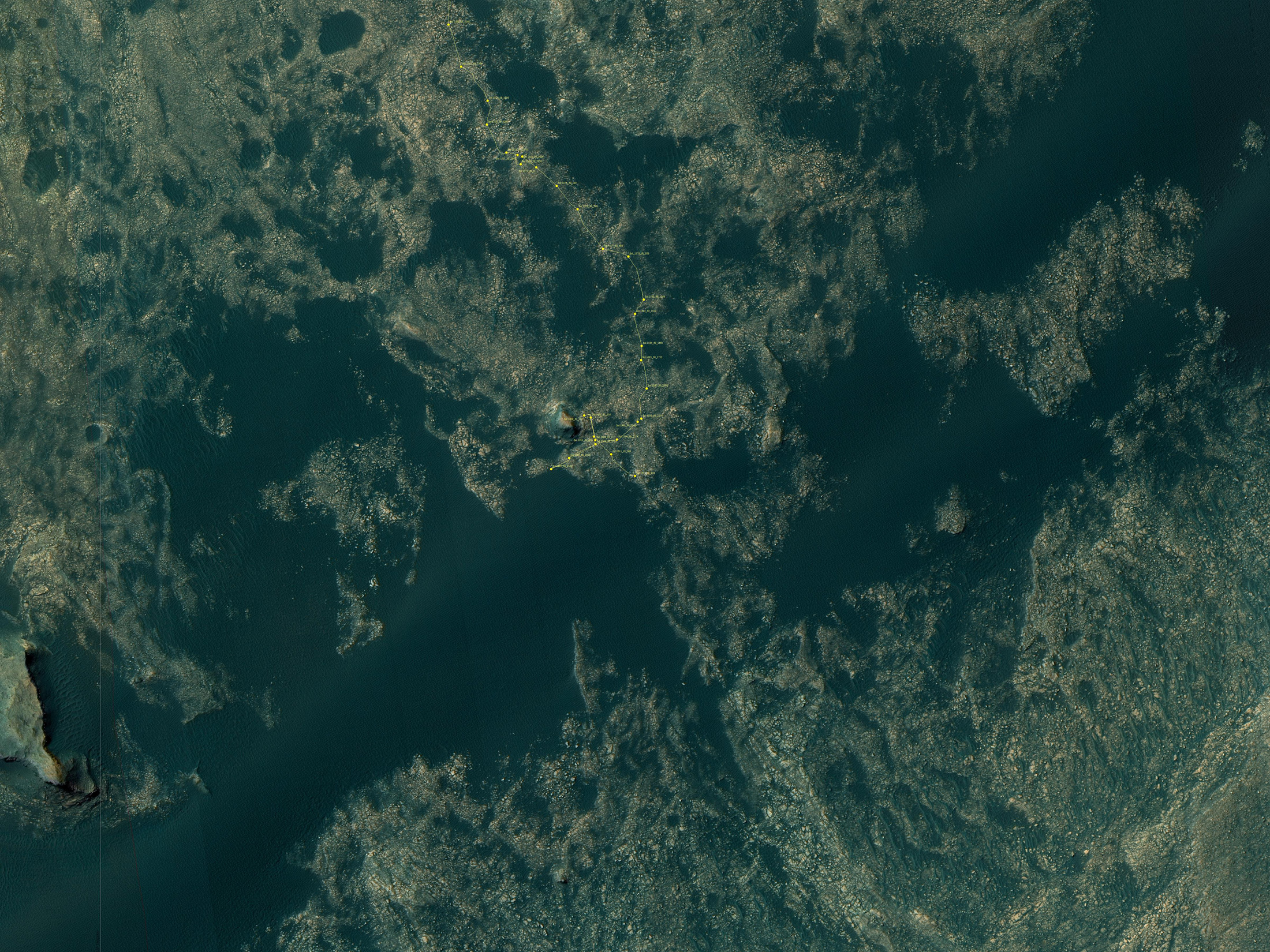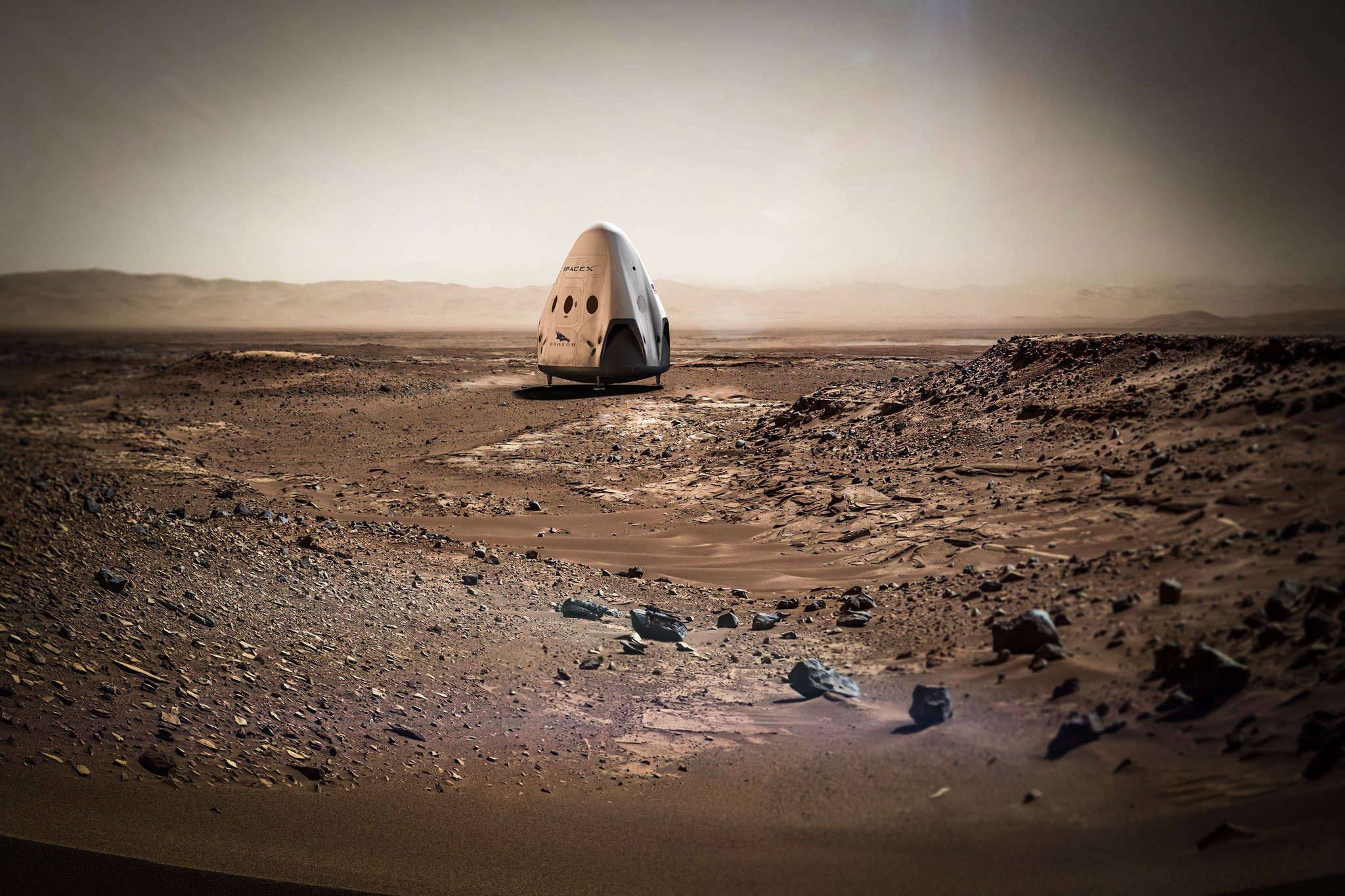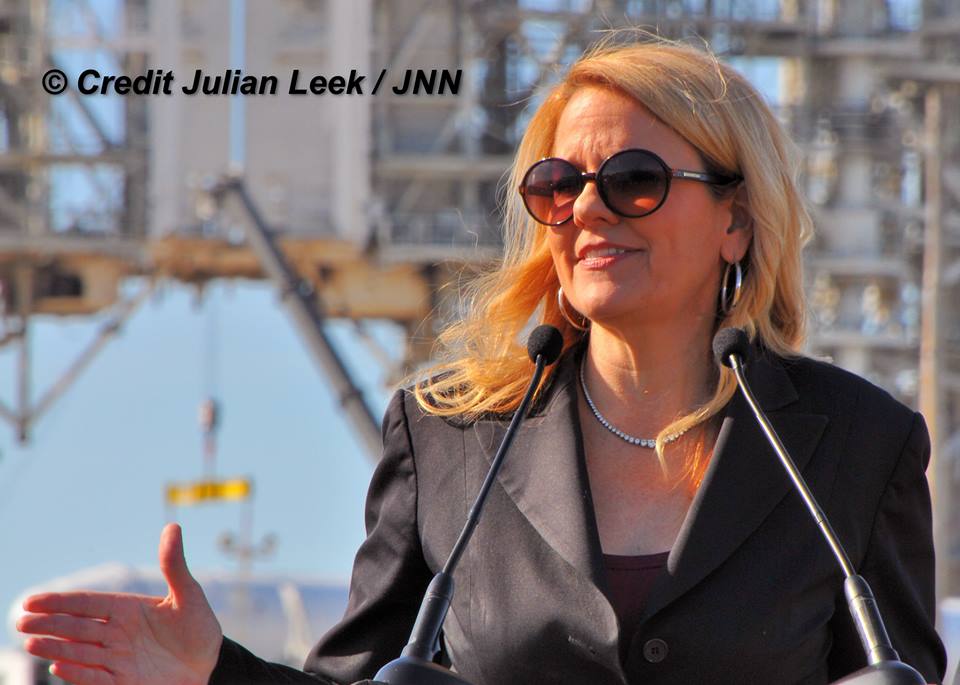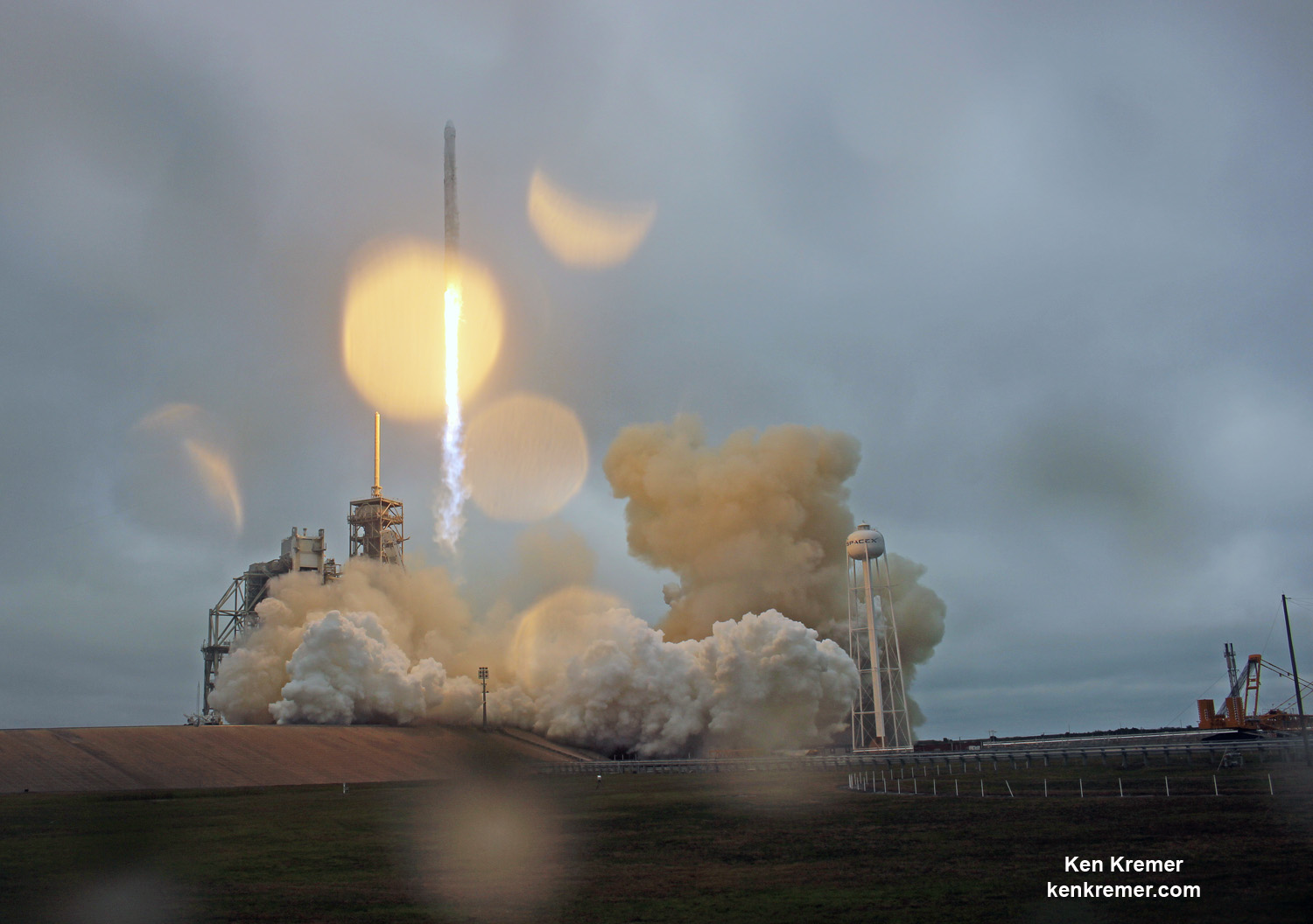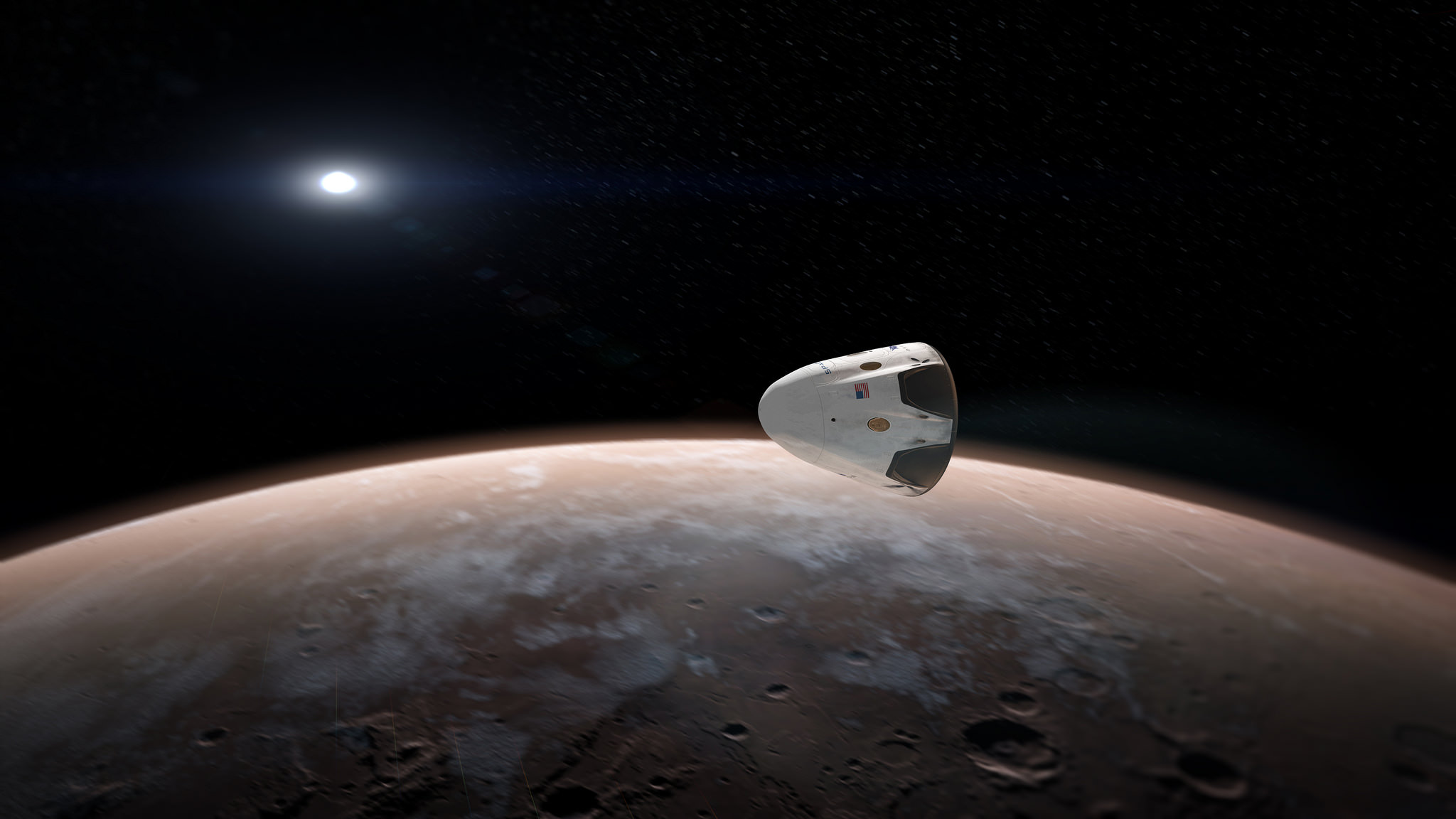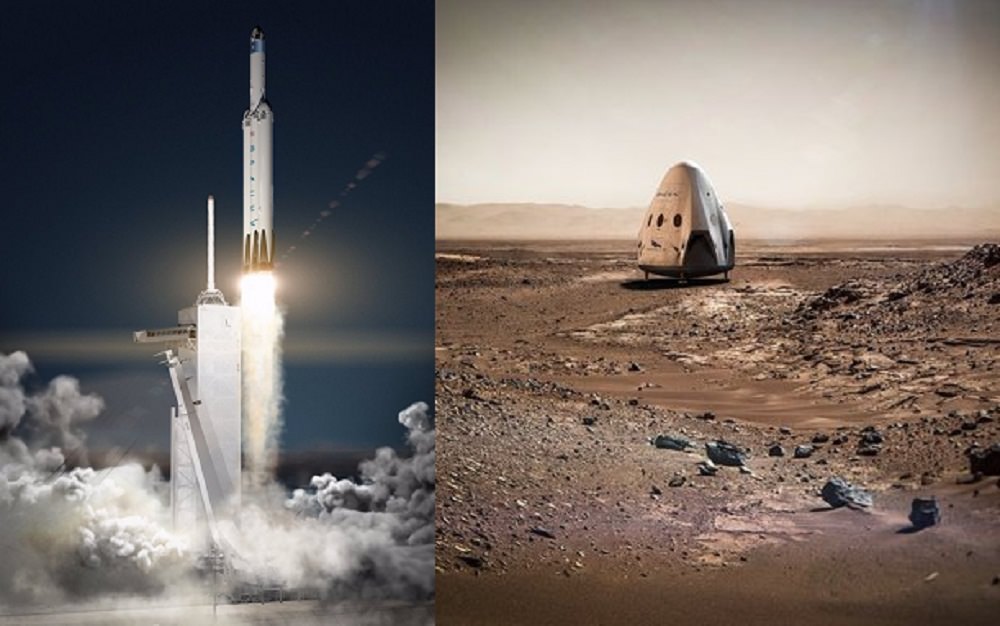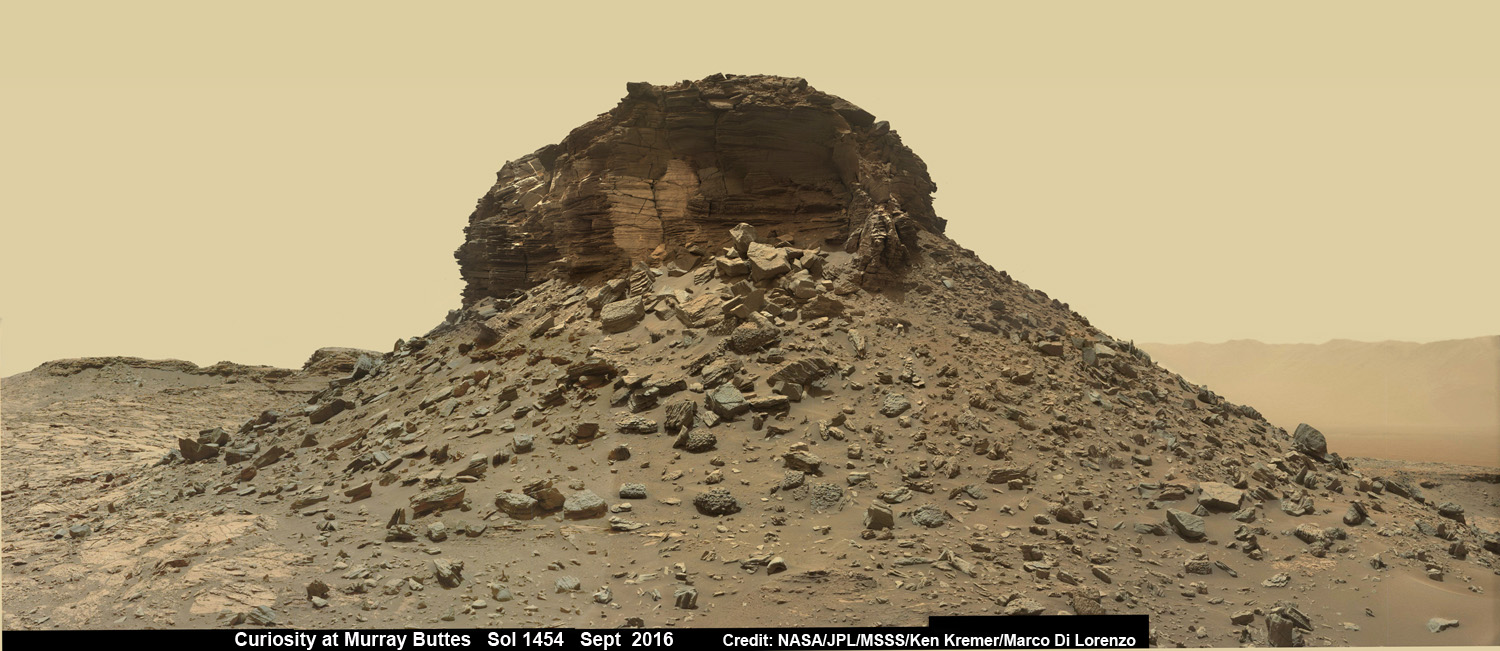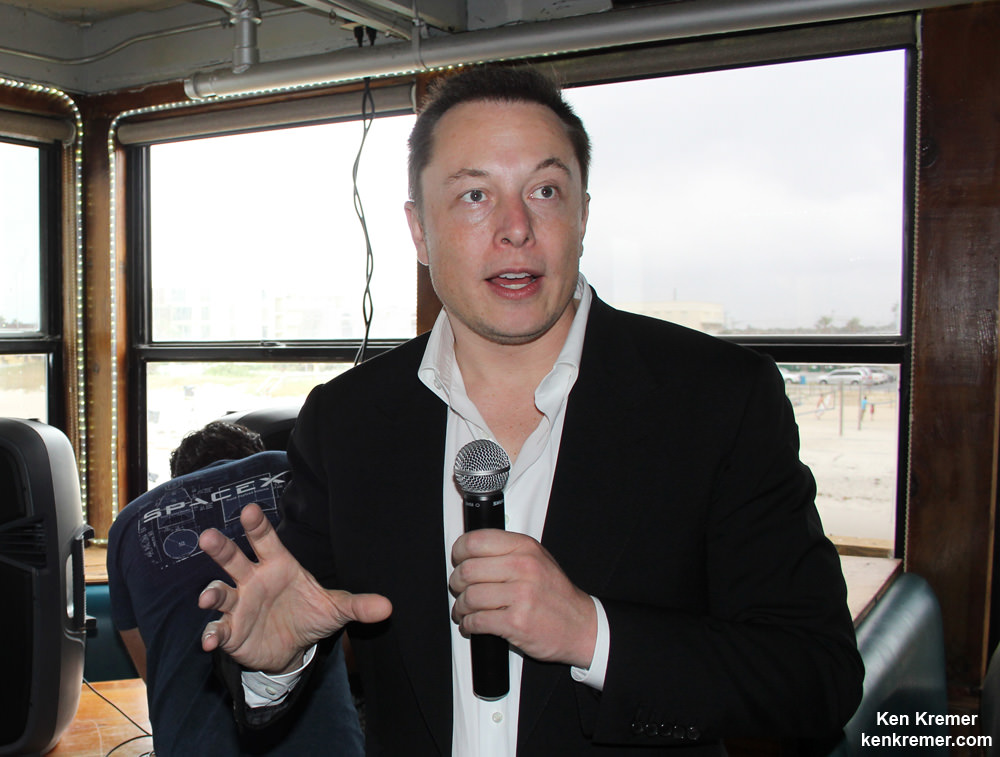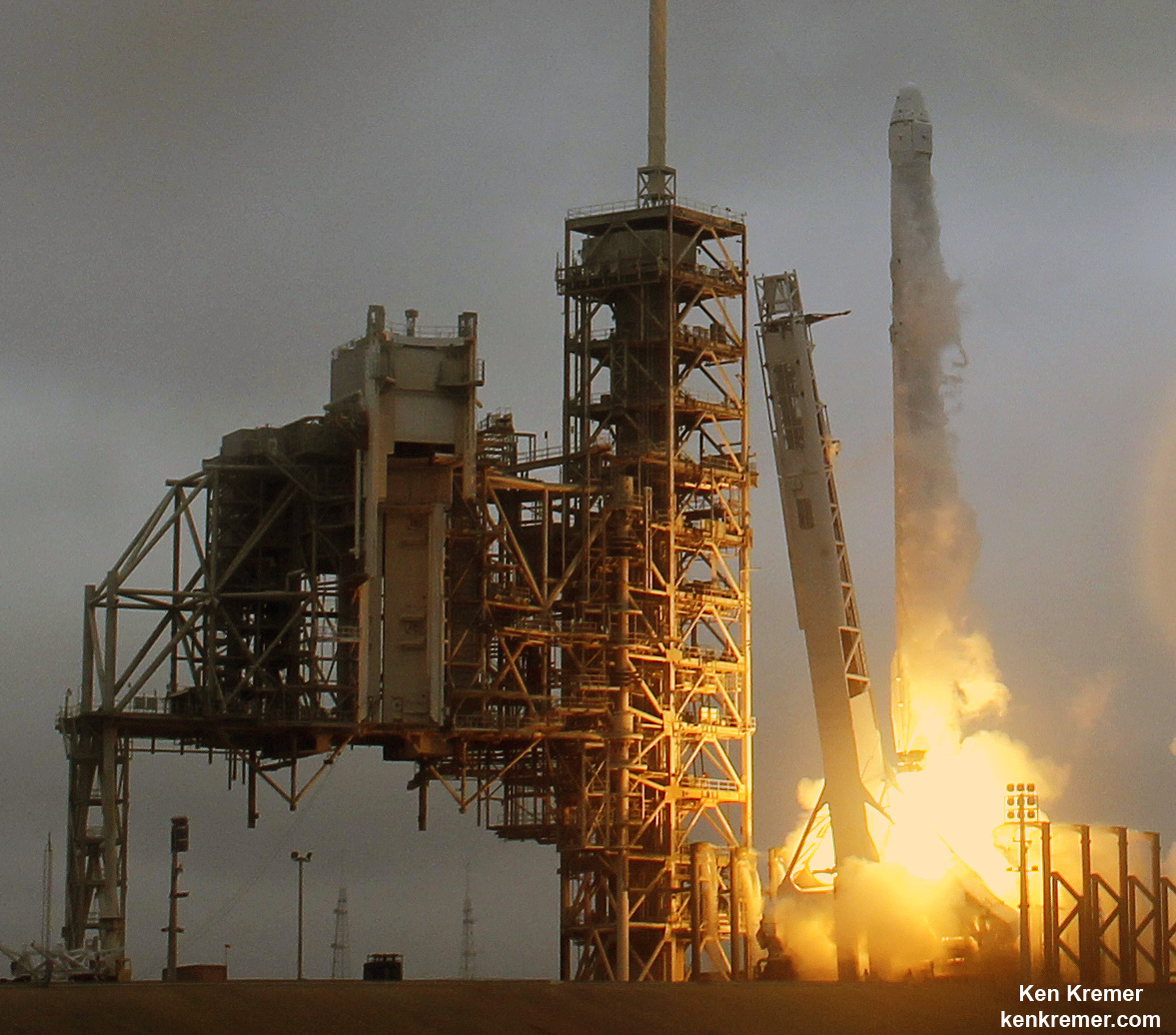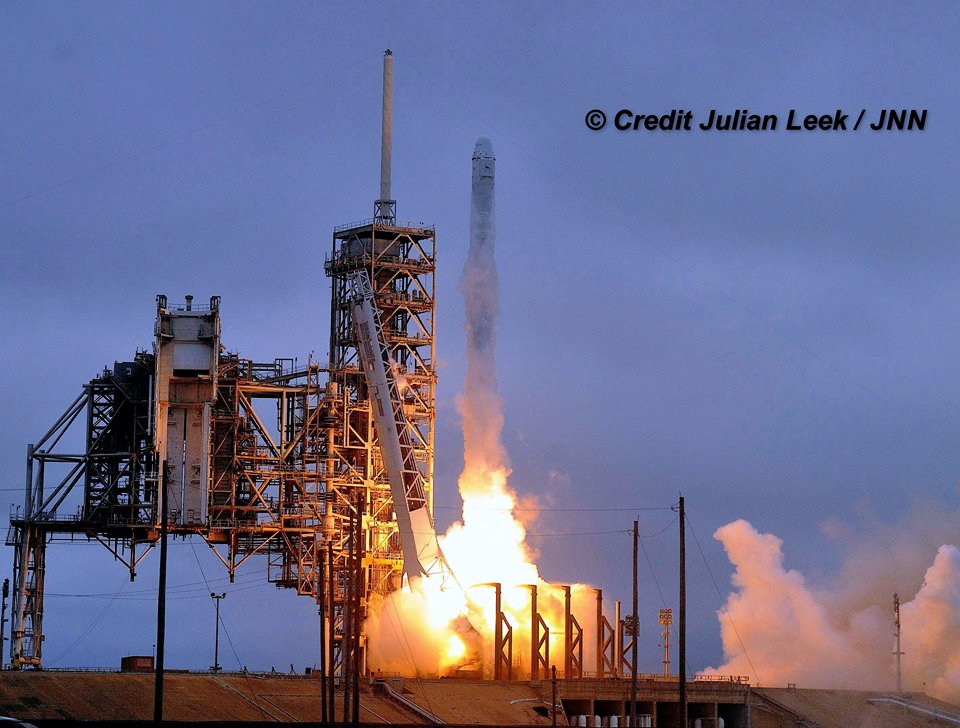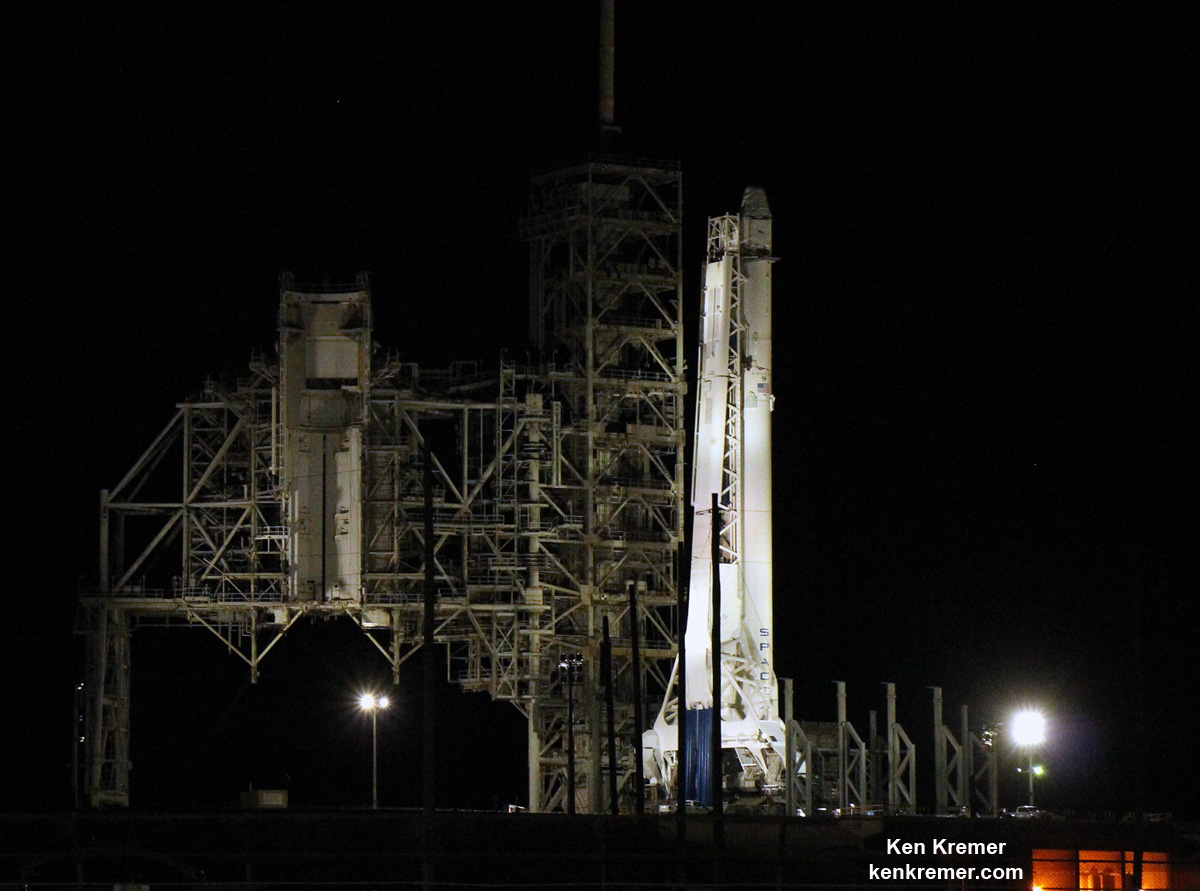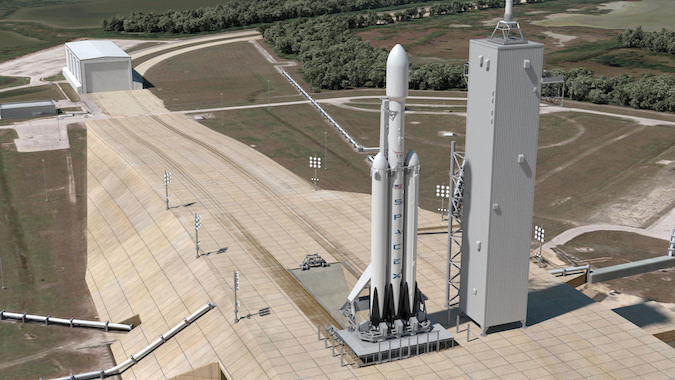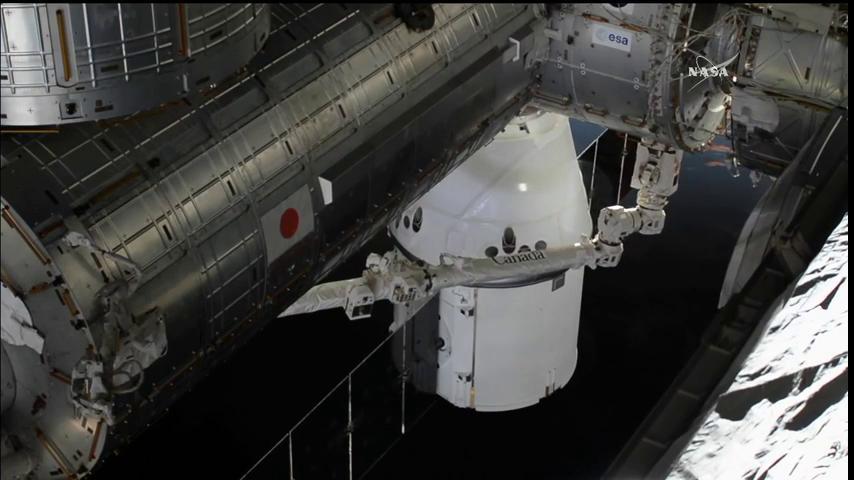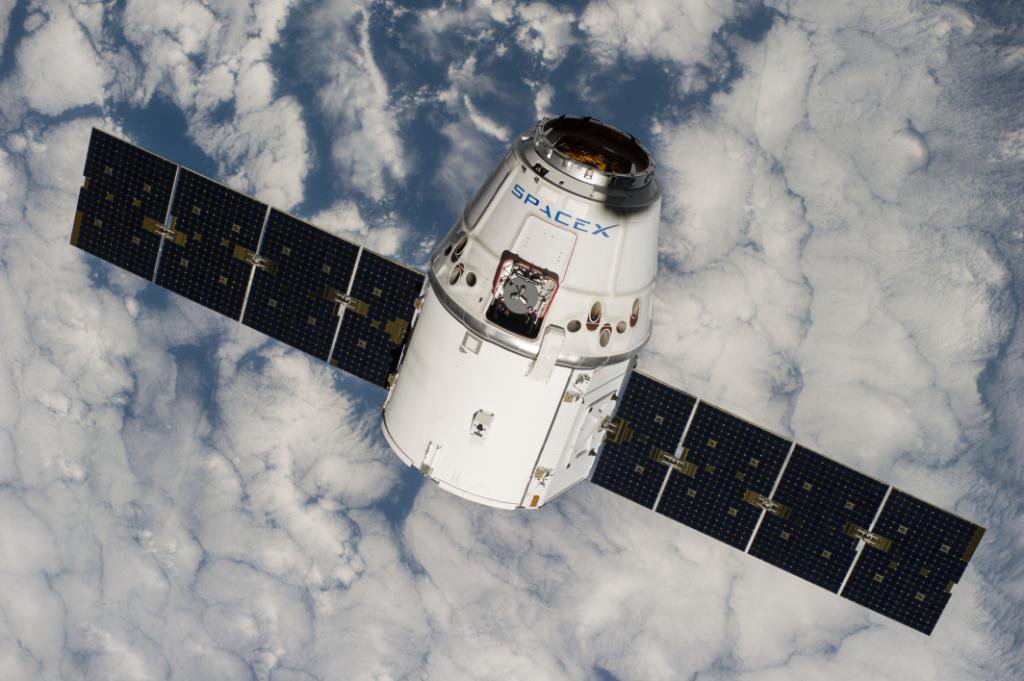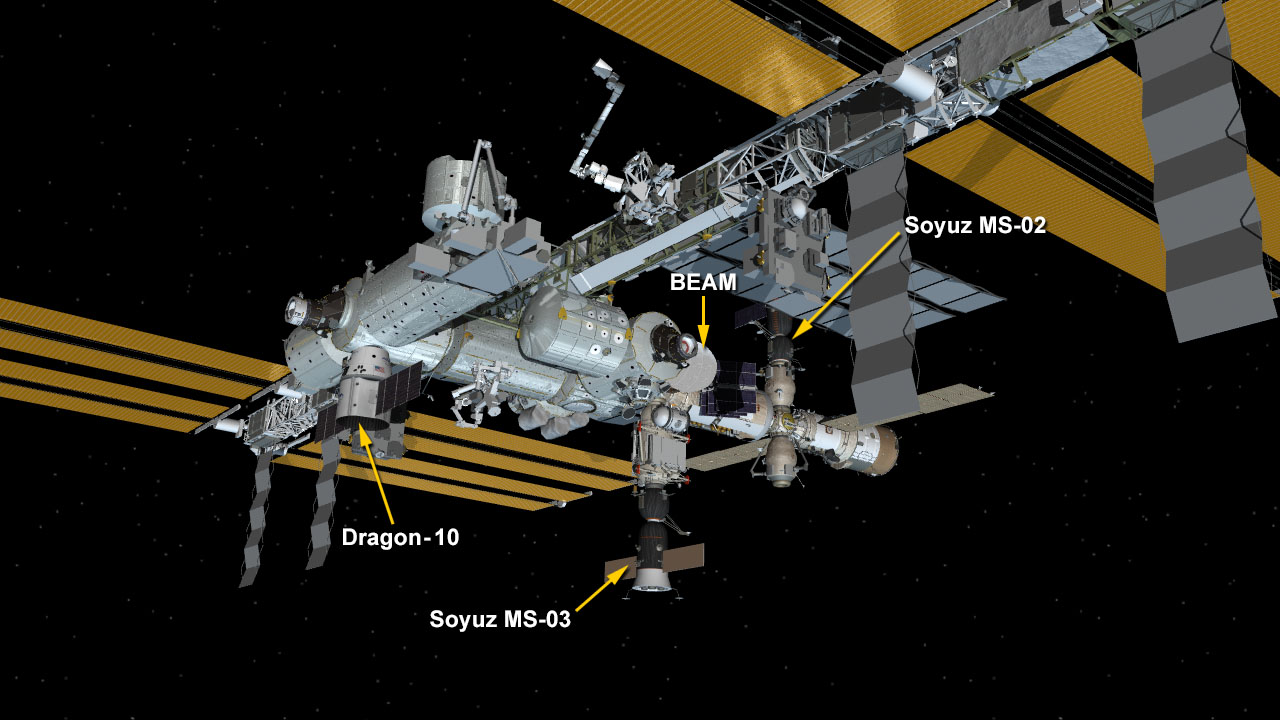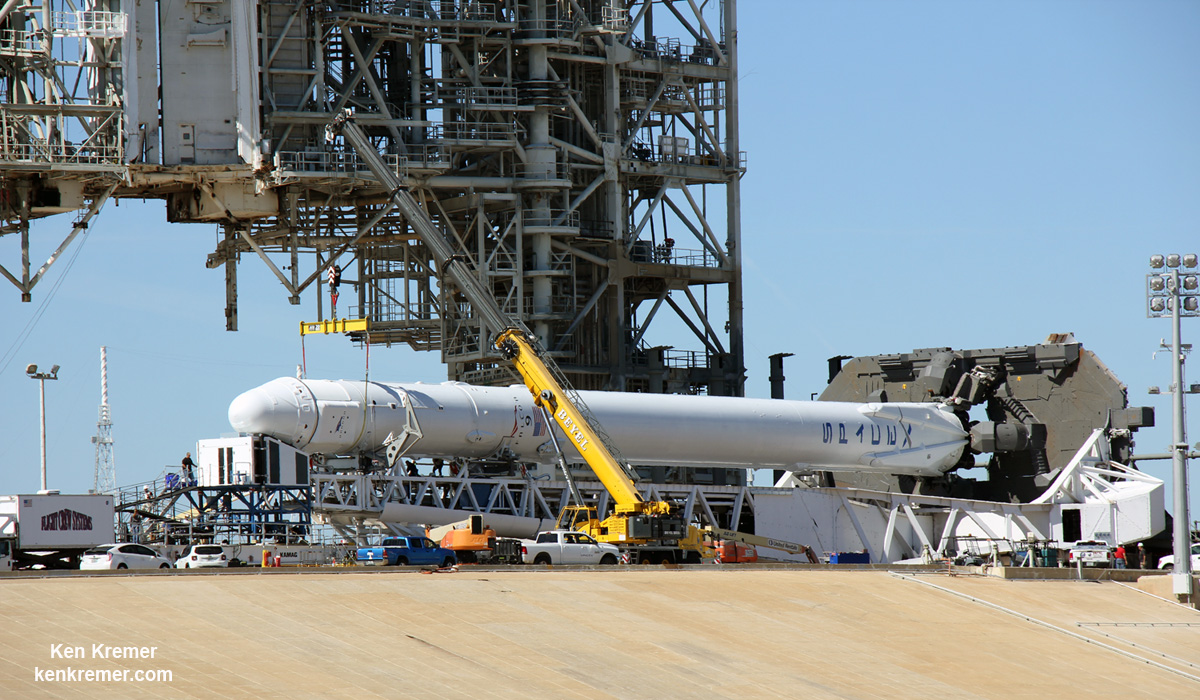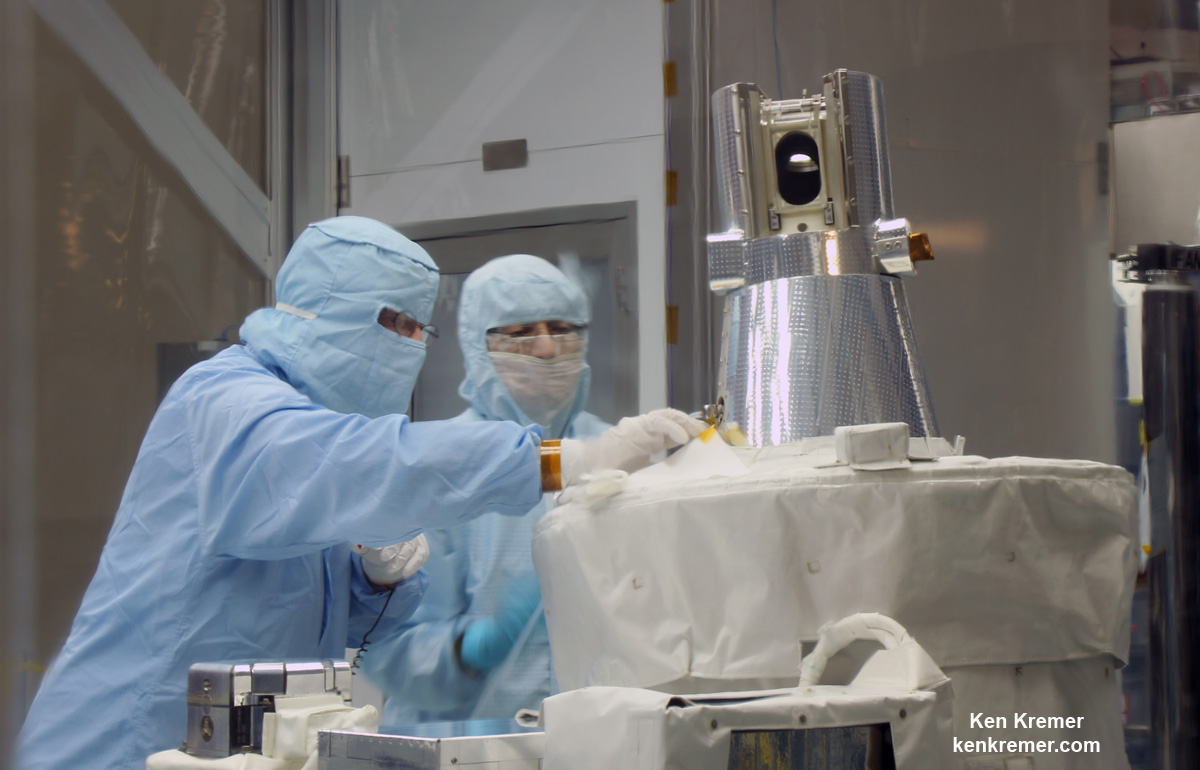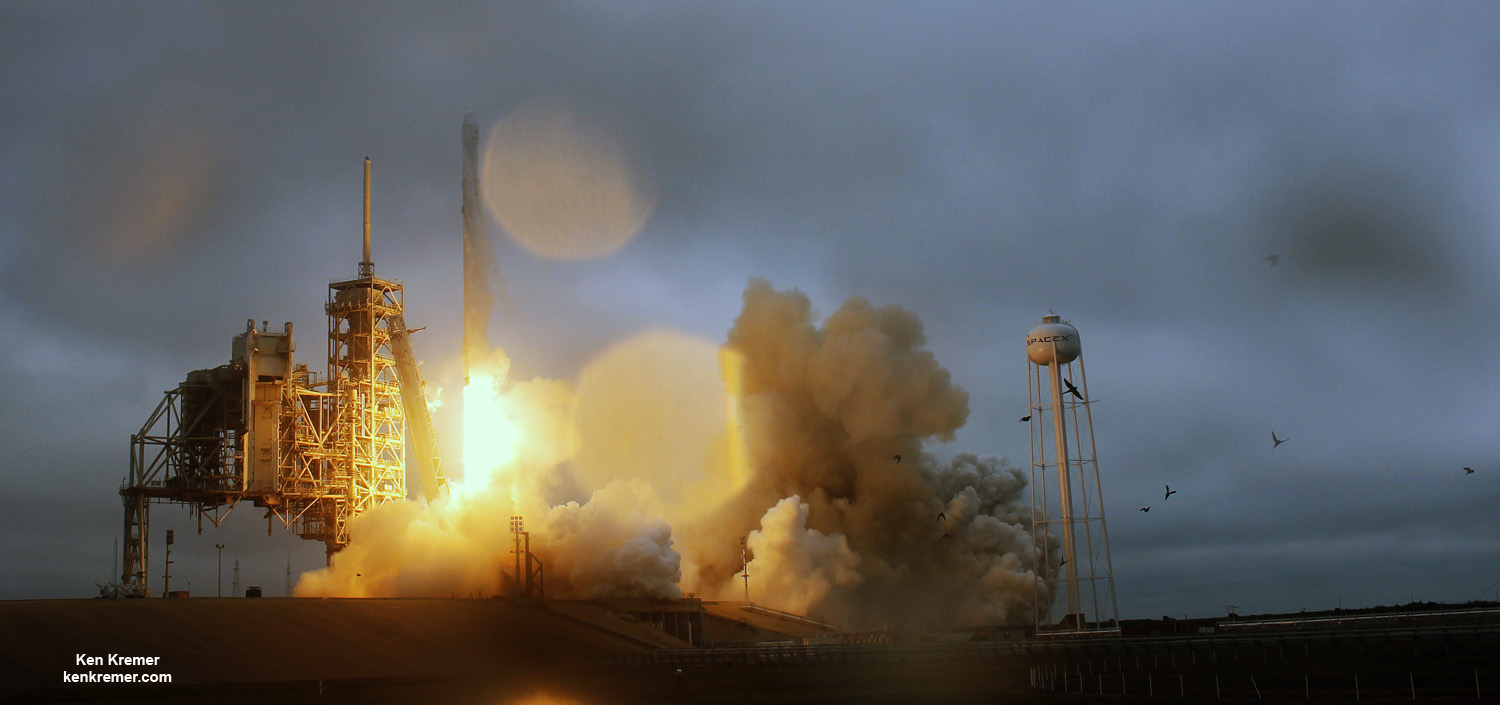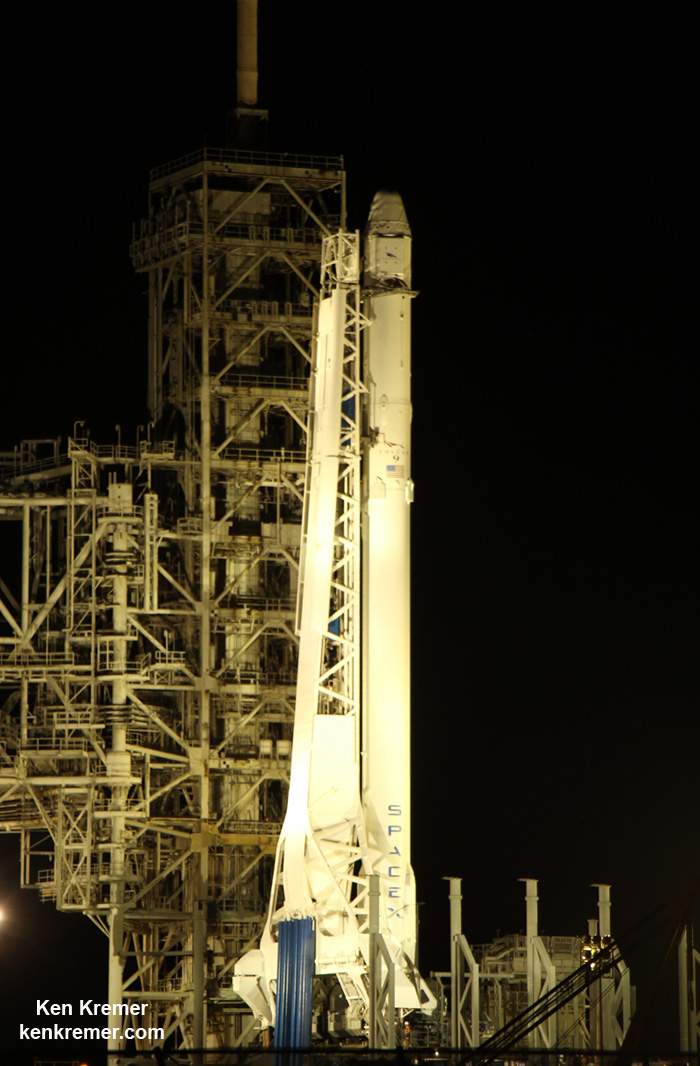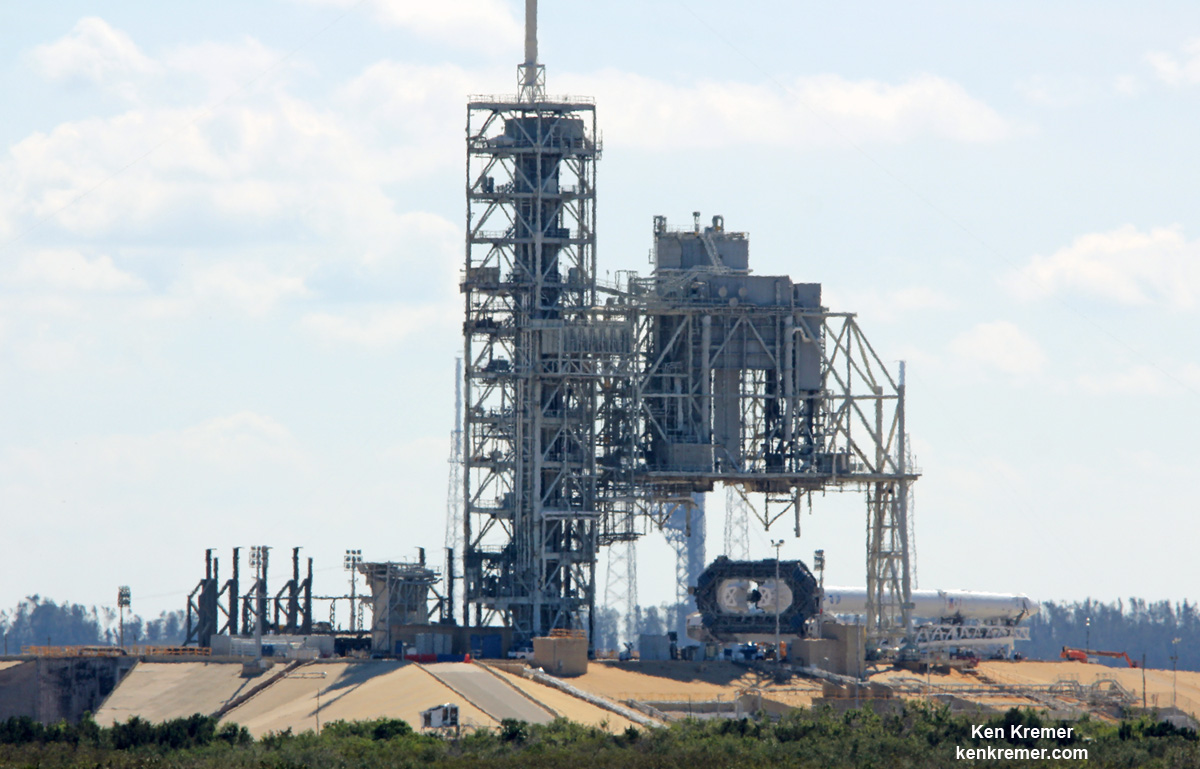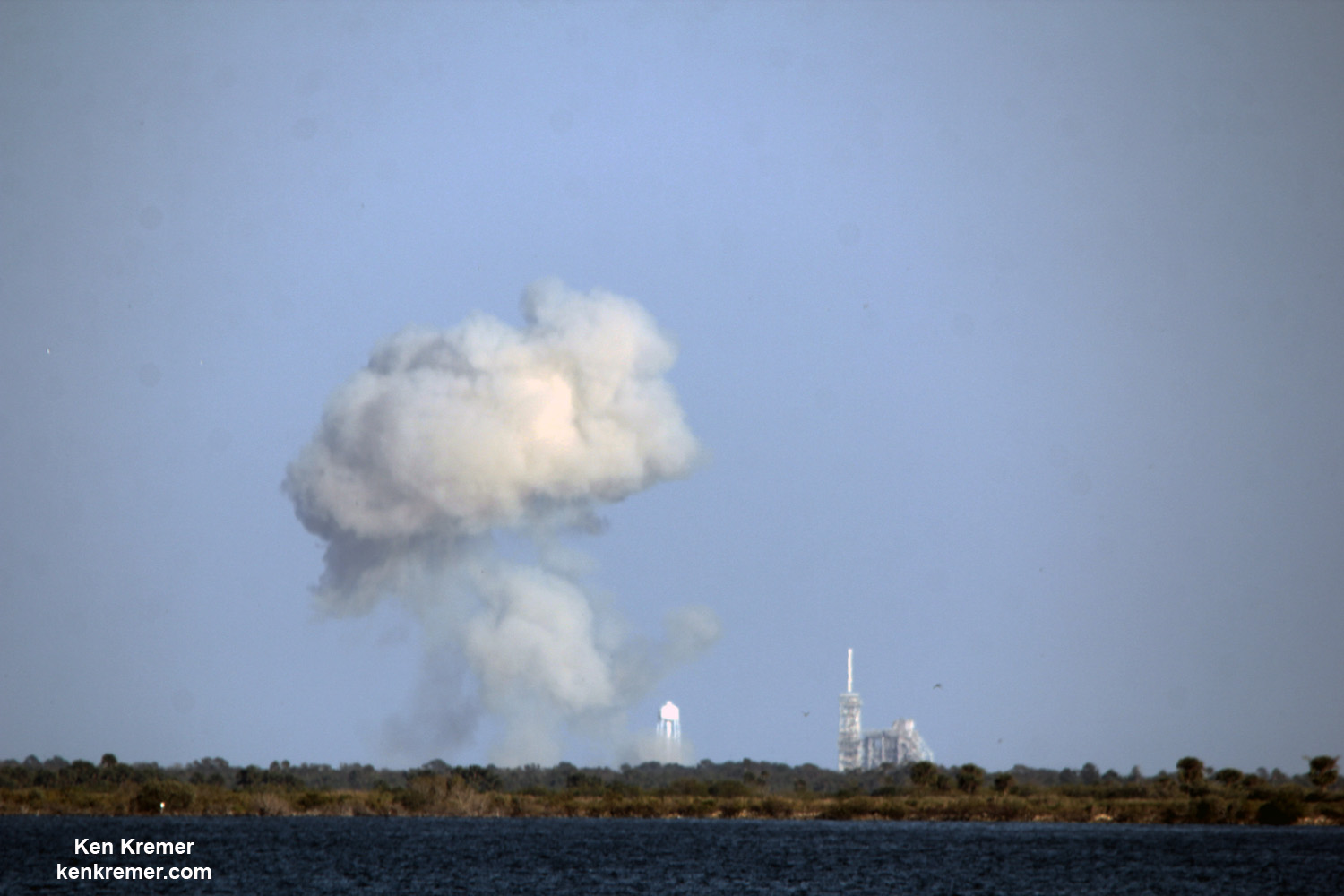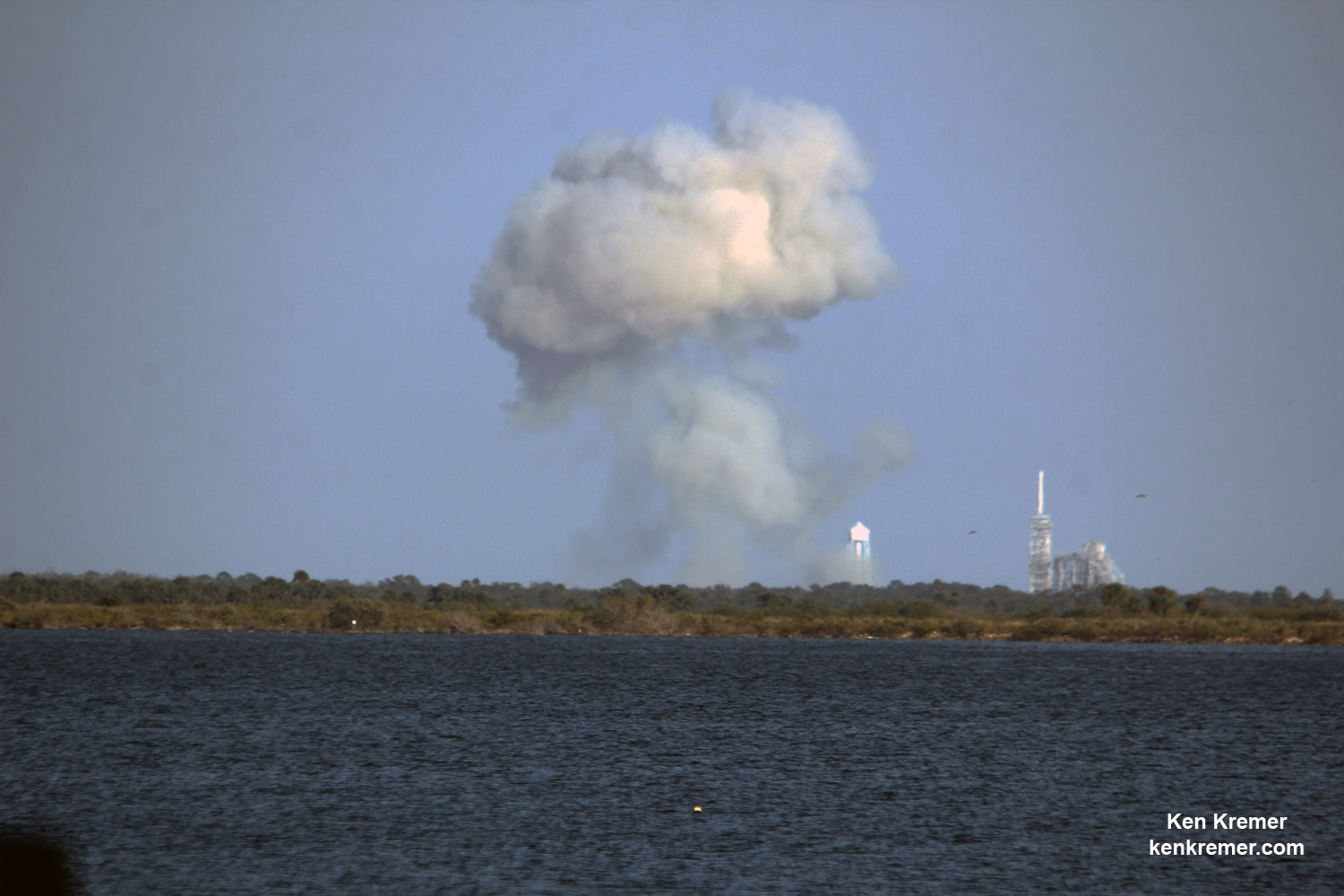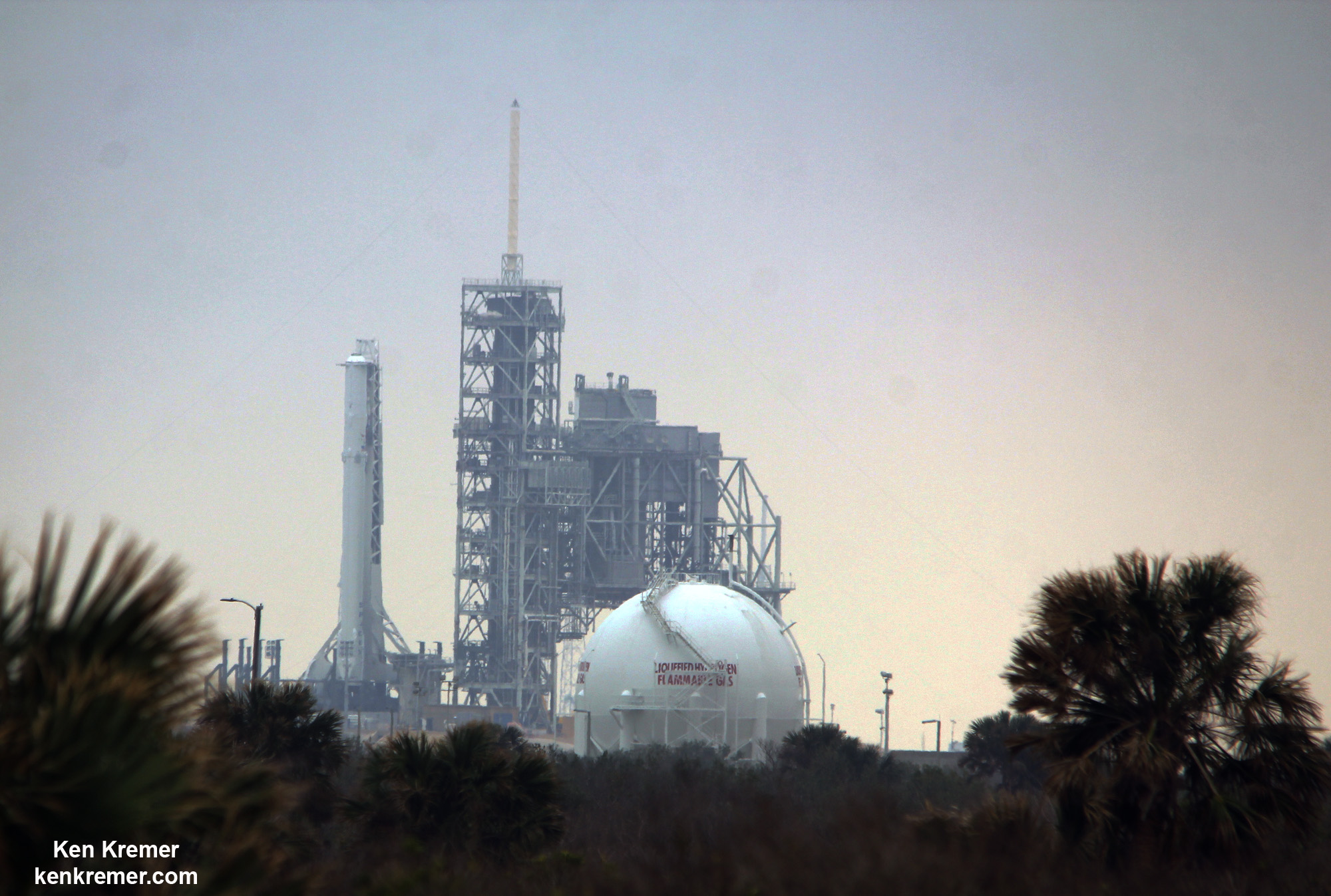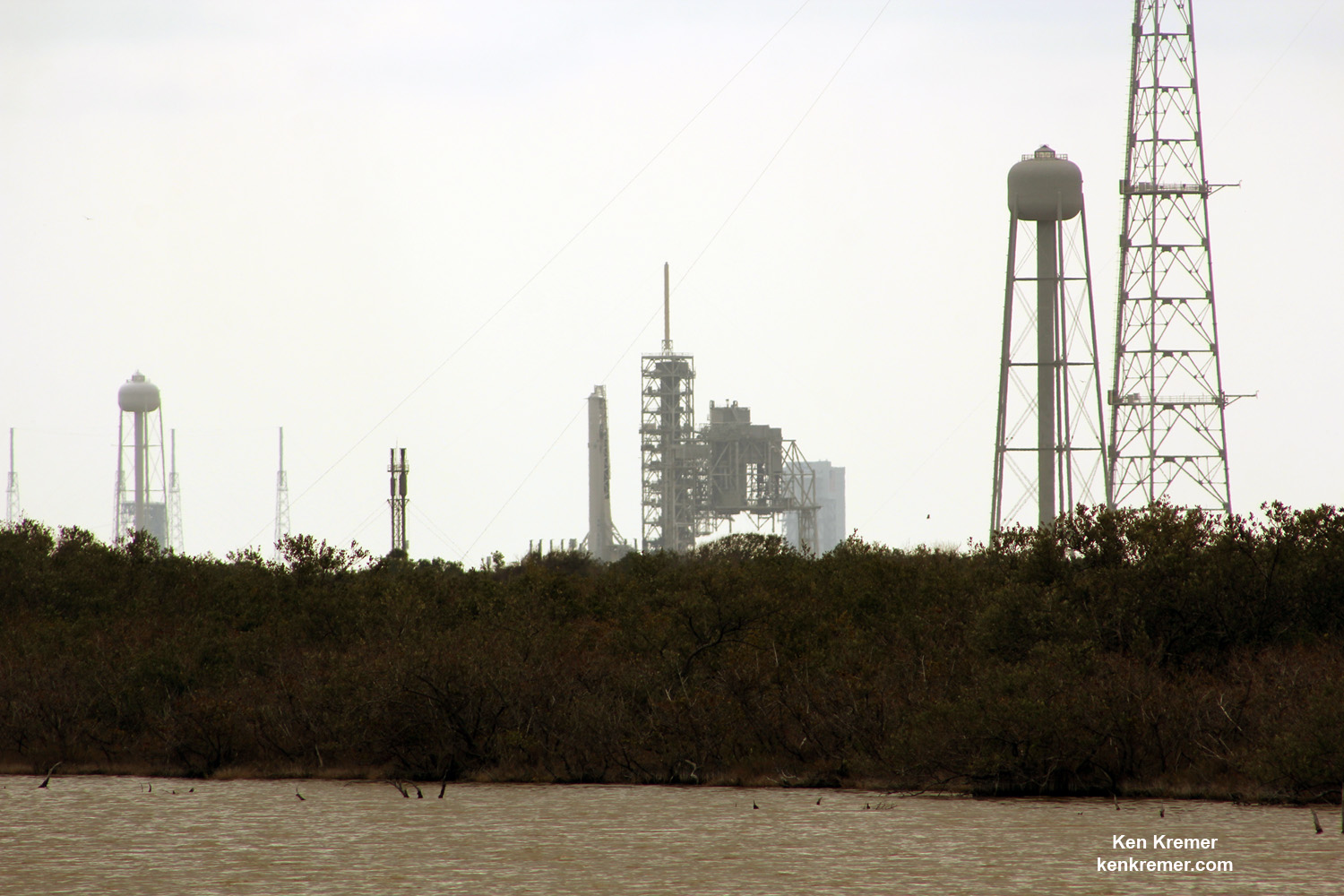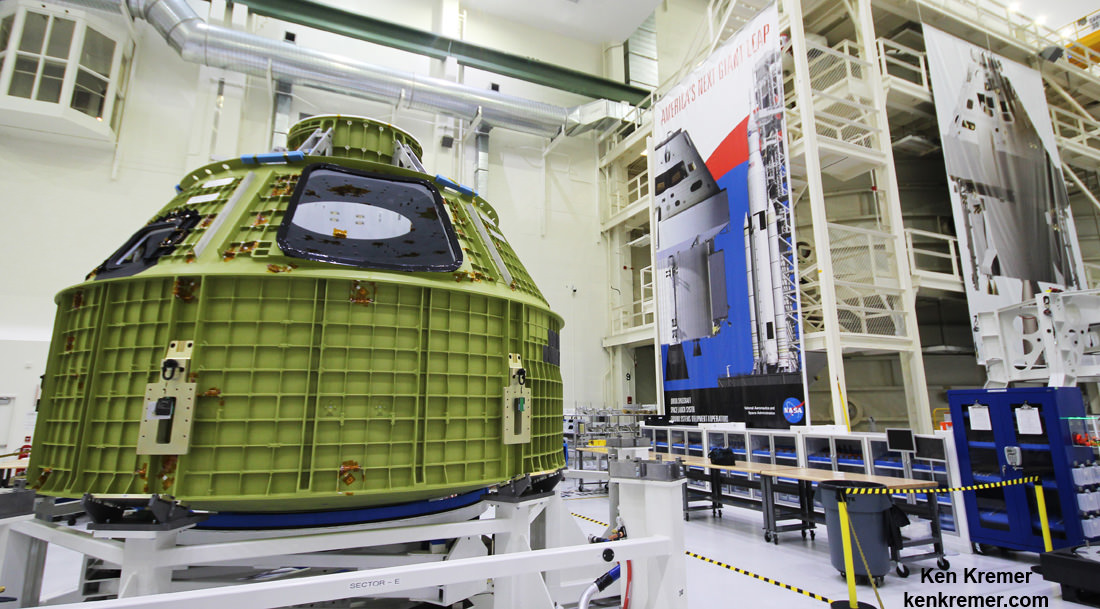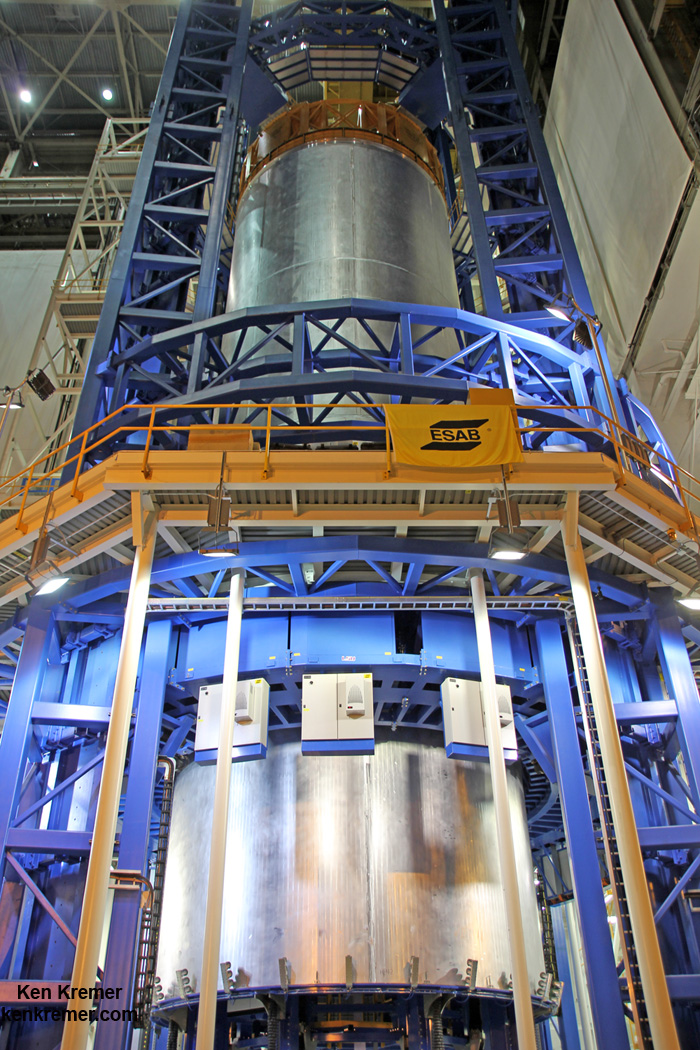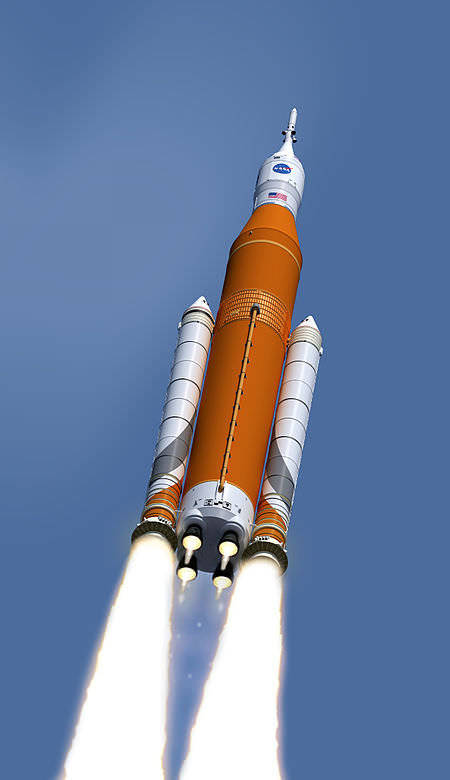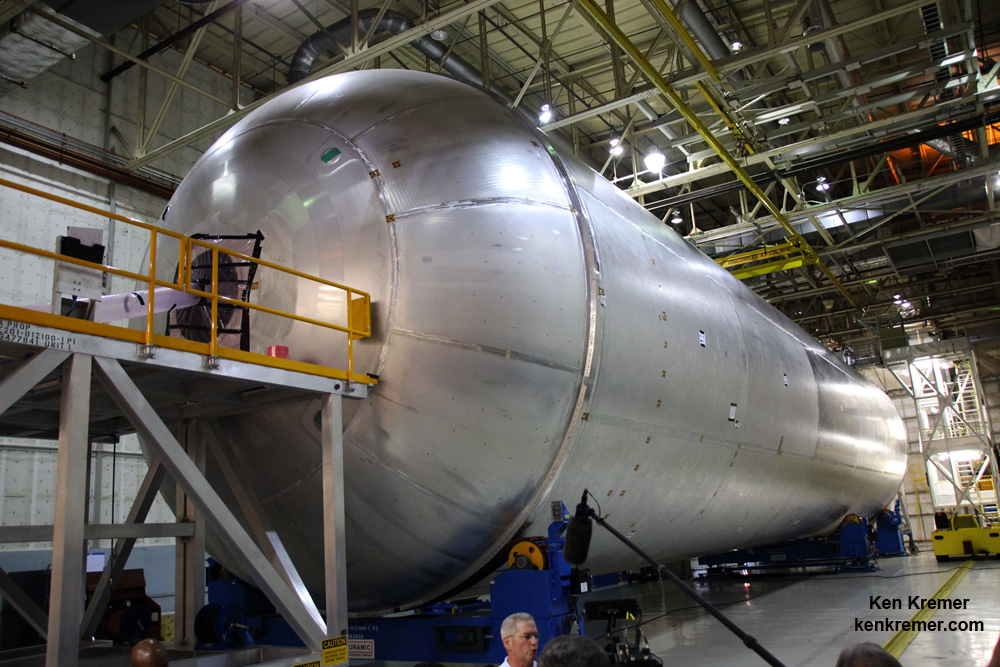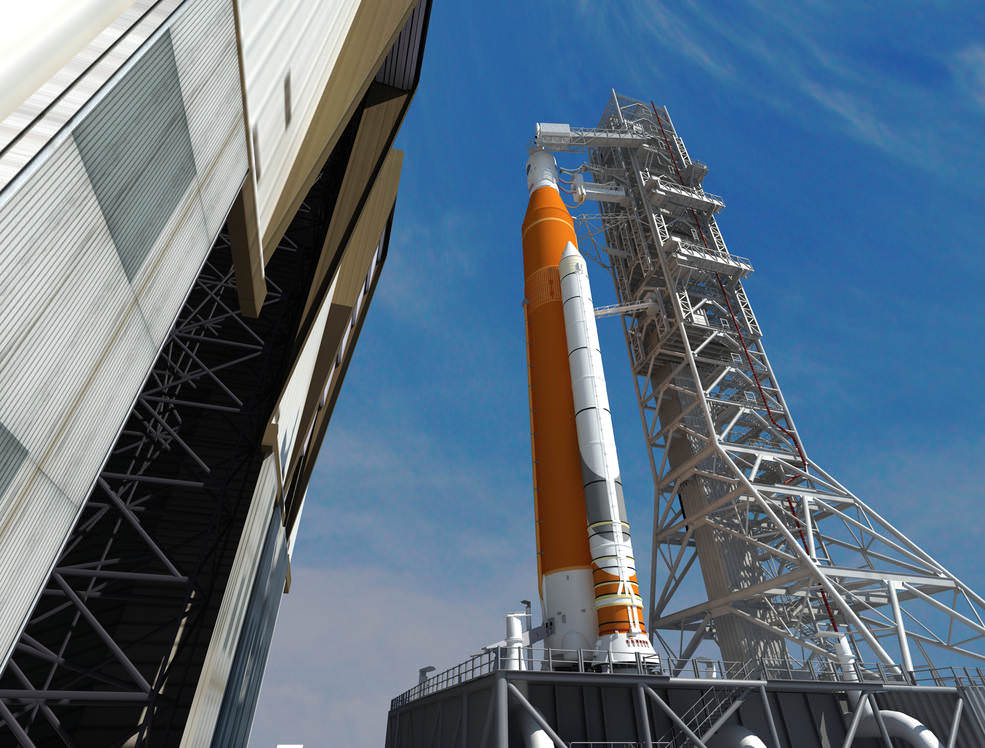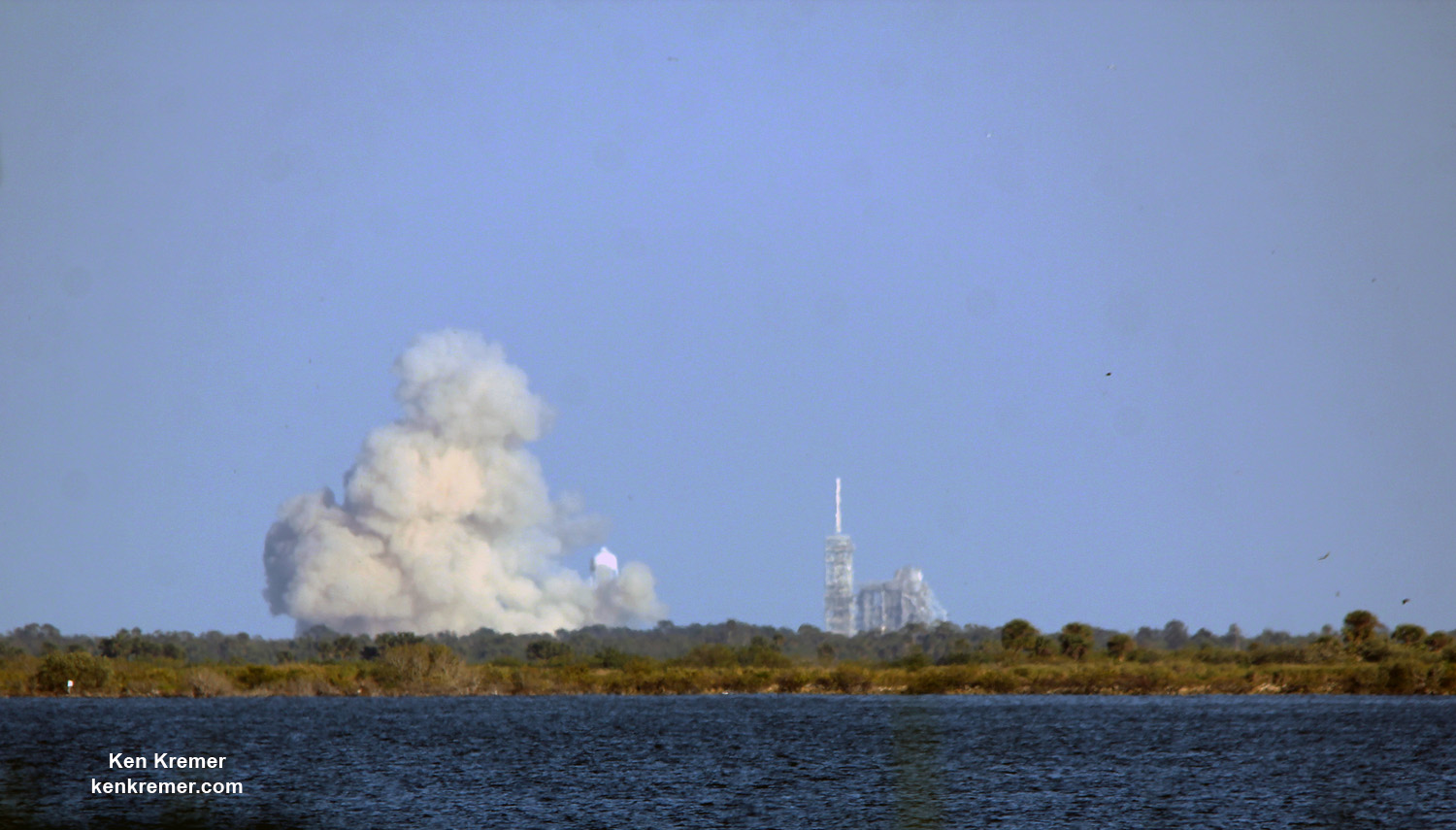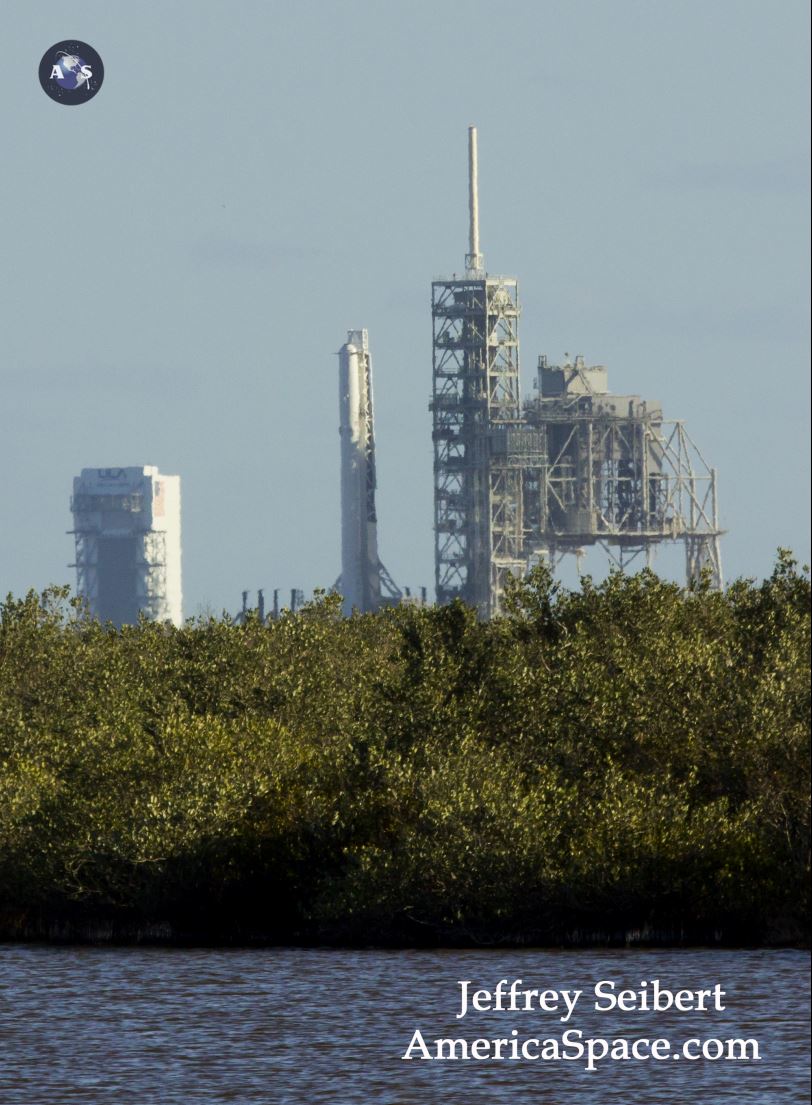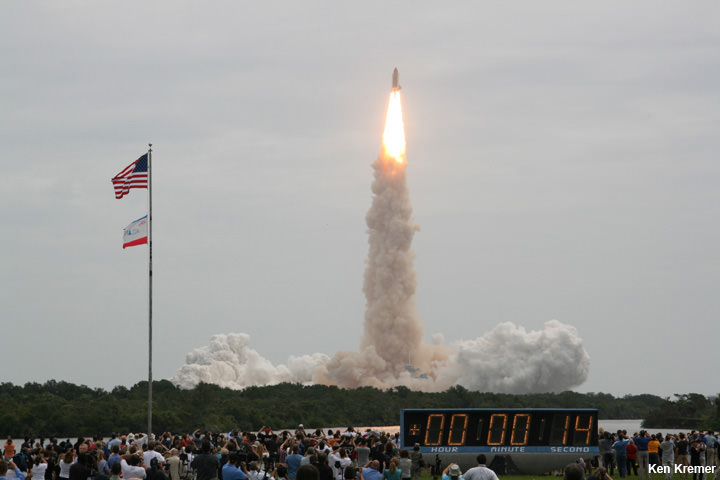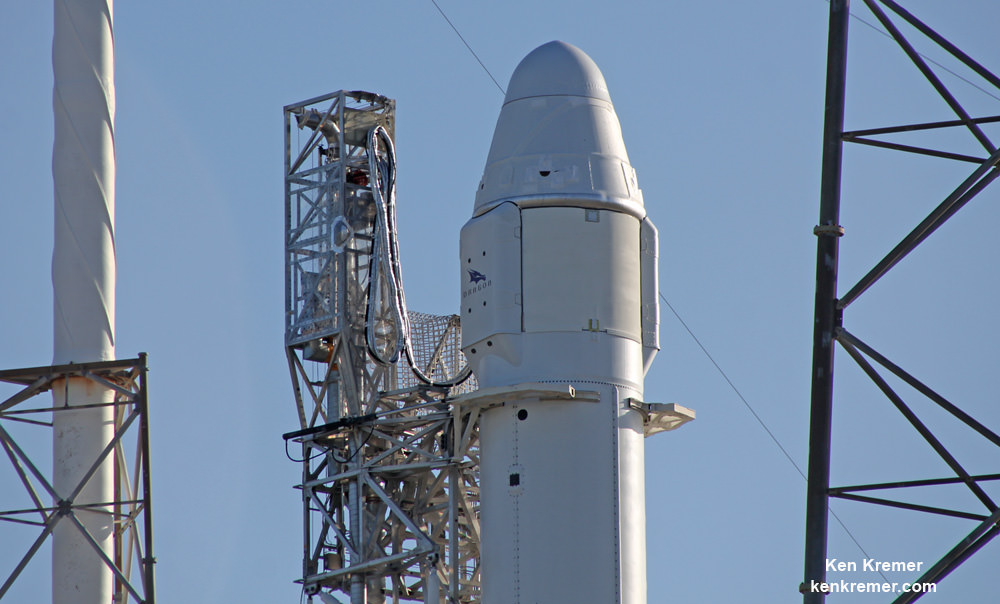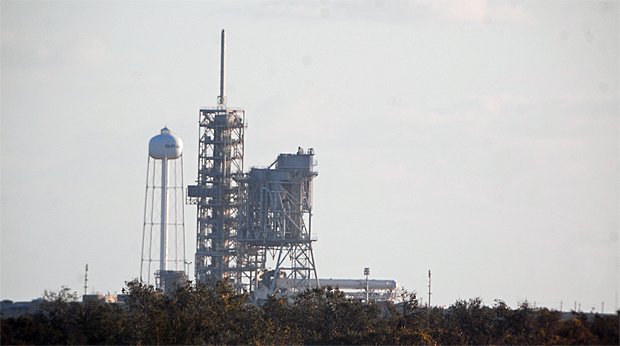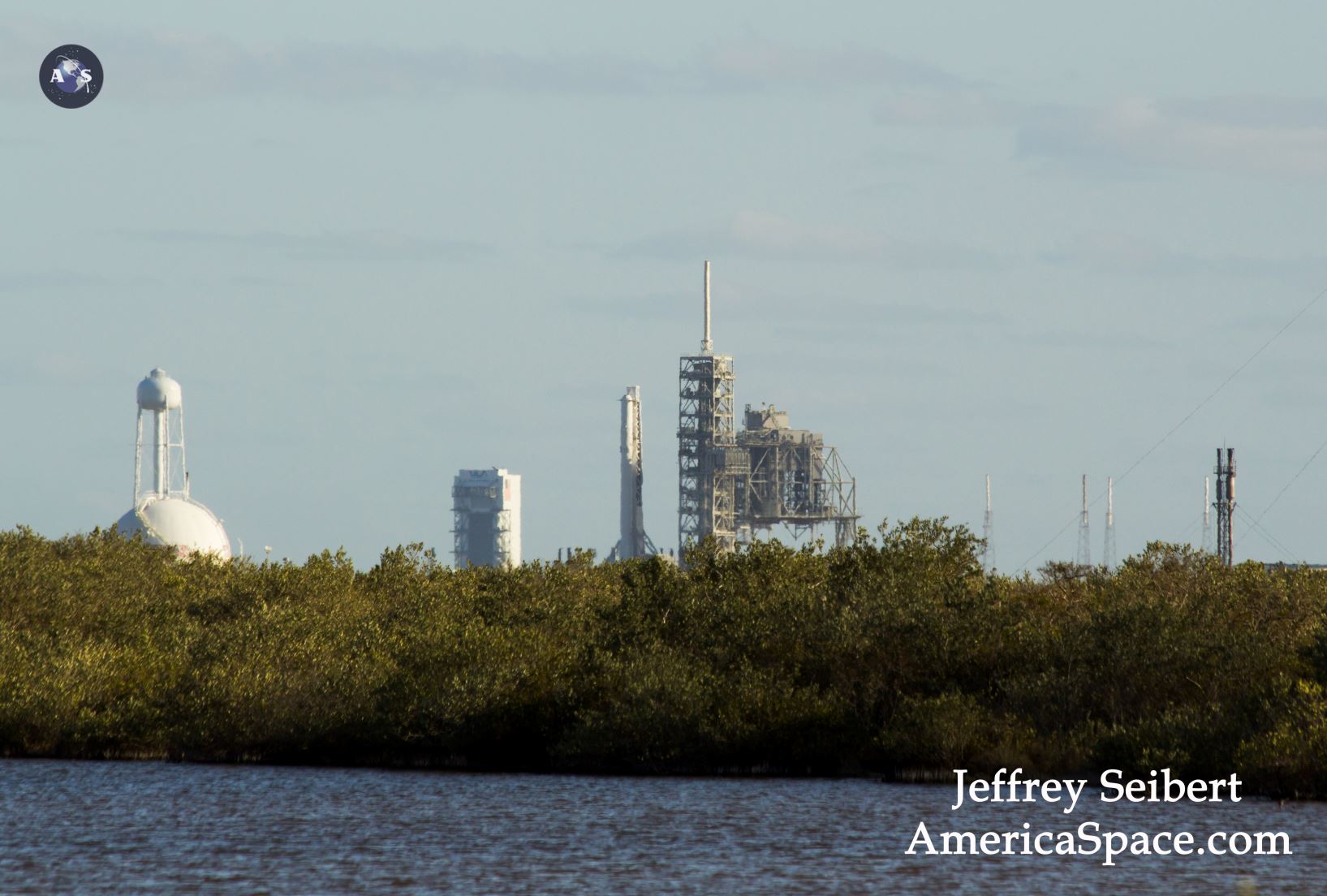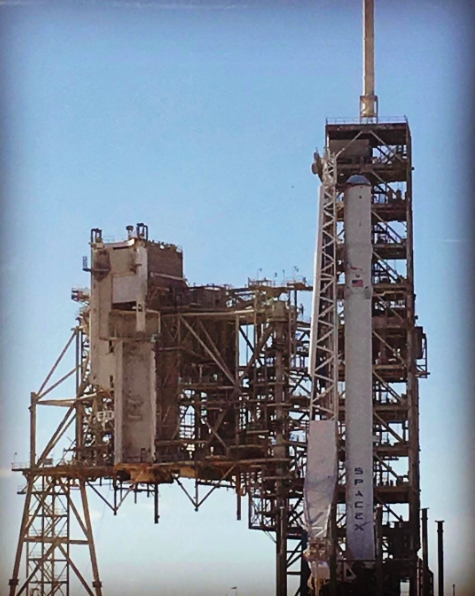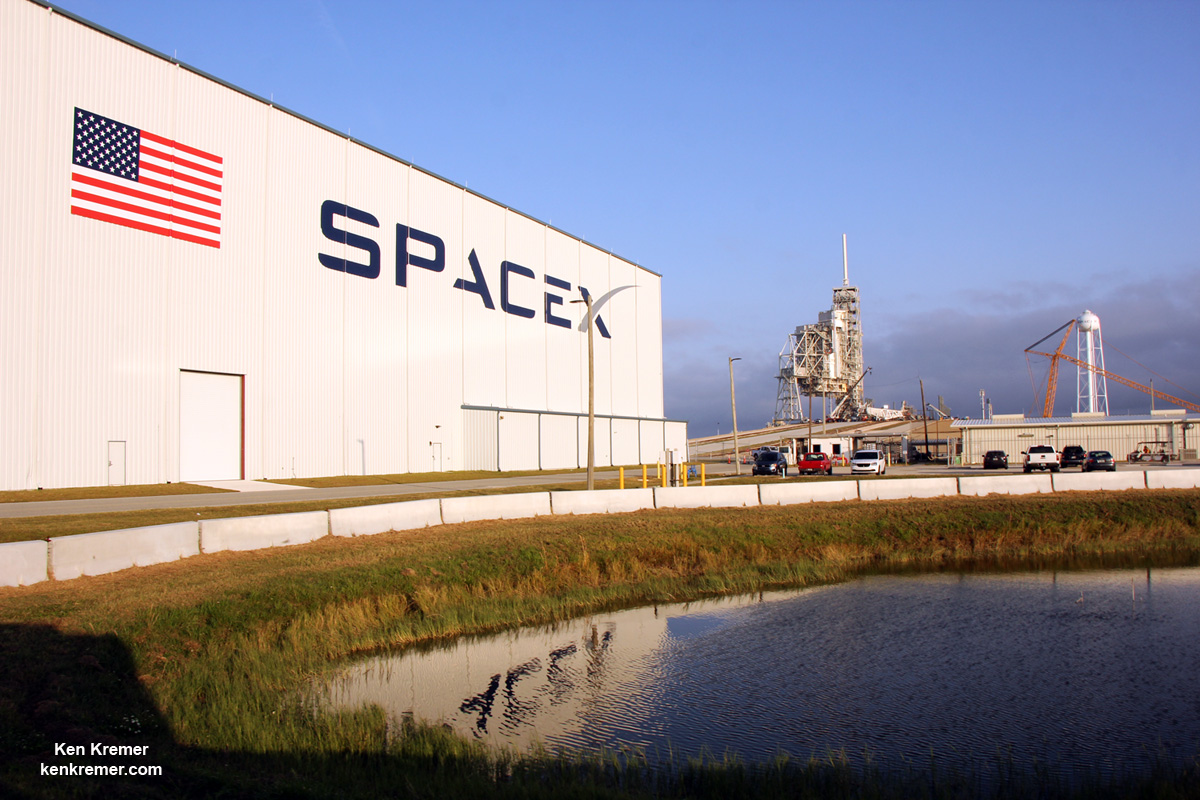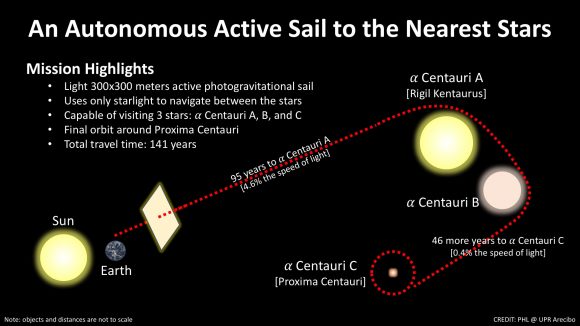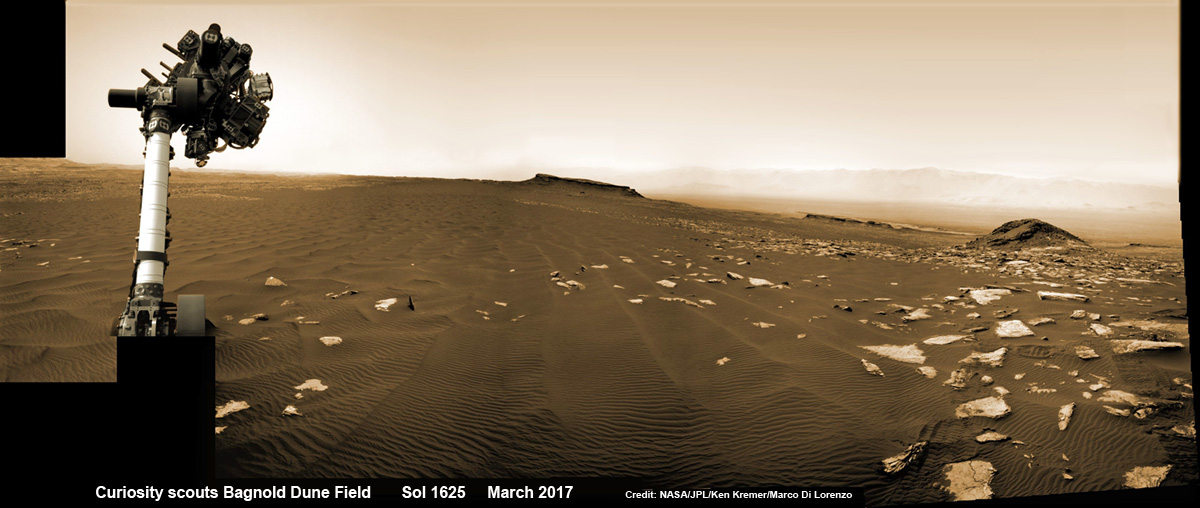
Tis a season of incredible wind driven activity on Mars like few before witnessed by our human emissaries ! Its summer on the Red Planet and the talented scientists directing NASA’s Curiosity rover have targeted the robots cameras so proficiently that they have efficiently spotted a multitude of ‘Dust Devils’ racing across across the dunes fields of Gale Crater– see below.
The ‘Dust Devils’ are actually mini tornadoes like those seen on Earth.
But in this case they are dancing delightfully in the Bagnold Dune fields on Mars, as Curiosity surpassed 1625 Sols, or Martian days of exciting exploration and spectacular science and discovery.
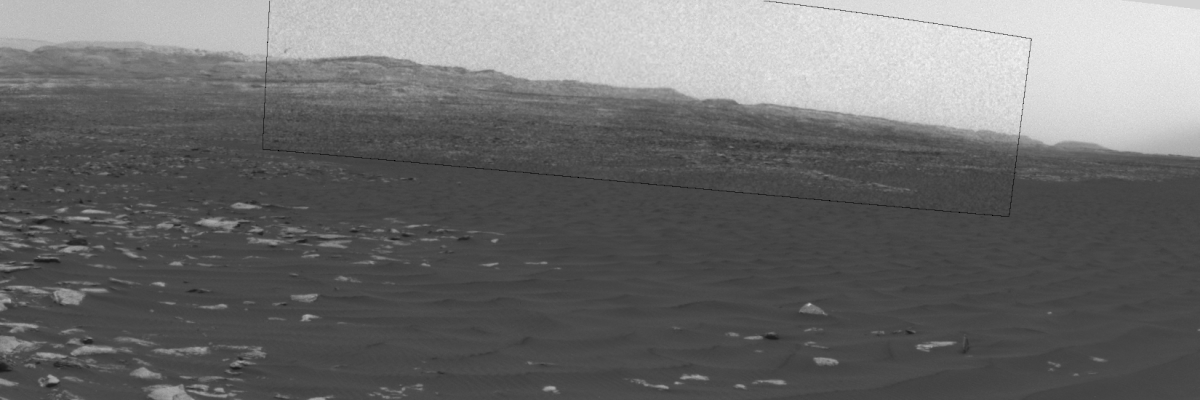
Furthermore they whip up the dust more easily in the lower gravity field on Mars compared to Earth. Mars gravity is about one third of Earth’s.
Right now it’s summer inside the rovers southern hemisphere landing site at Gale Crater. And summer is the windiest time of the Martian year.
“Dust devils are whirlwinds that result from sunshine warming the ground, prompting convective rising of air that has gained heat from the ground. Observations of Martian dust devils provide information about wind directions and interaction between the surface and the atmosphere,” as described by researchers.
So now is the best time to observe and photograph the dusty whirlwinds in action as they flitter amazingly across the craters surface carrying dust in their wake.
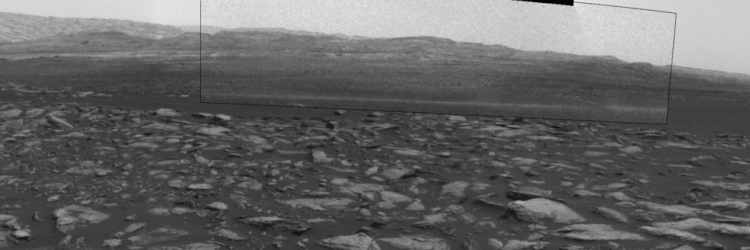
Therefore researchers are advantageously able to utilize Curiosity in a new research campaign that “focuses on modern wind activity in Gale” on the lower slope of Mount Sharp — a layered mountain inside the crater.
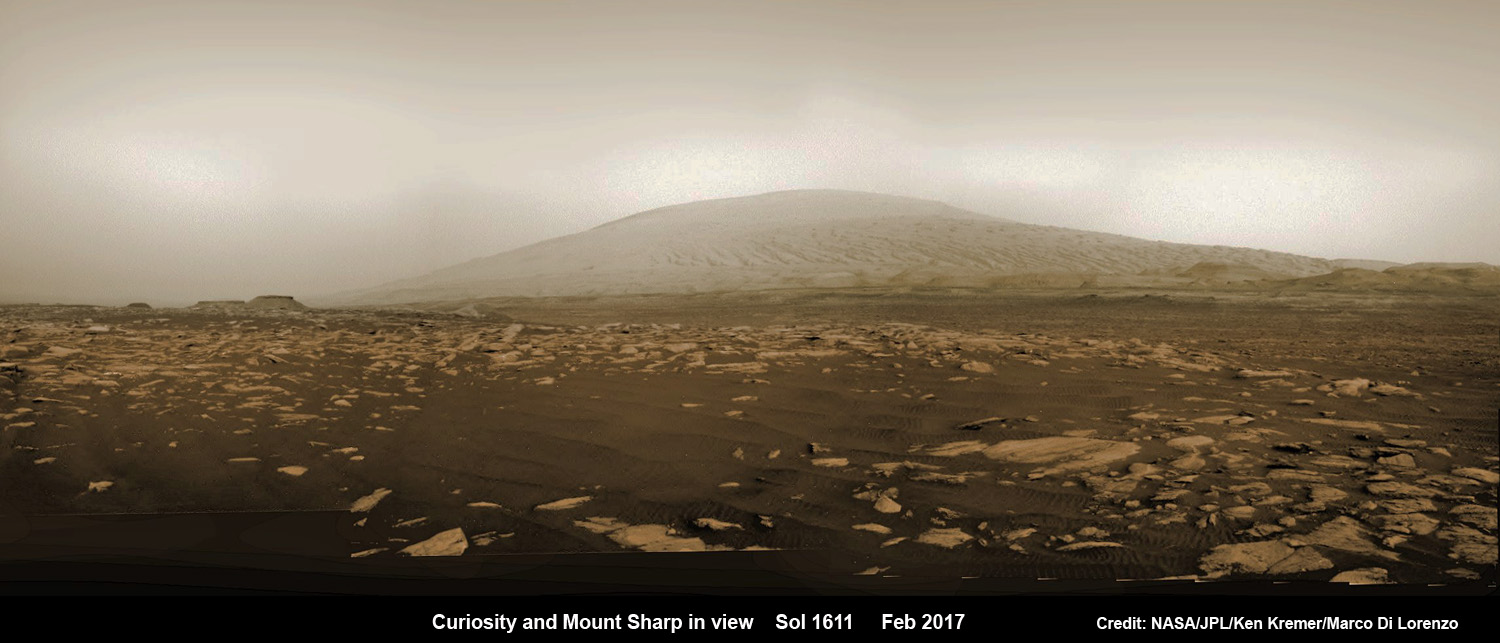
Indeed, this past month Curiosity began her second sand dune campaign focusing on investigating active dunes on the mountain’s northwestern flank that are ribbon-shaped linear dunes.
“In these linear dunes, the sand is transported along the ribbon pathway, while the ribbon can oscillate back and forth, side to side,” said Nathan Bridges, a Curiosity science team member at the Johns Hopkins University Applied Physics Laboratory in Laurel, Maryland, in a statement.

These new dunes are different from those investigated during the first dune campaign back in late 2015 and early 2016 that examined crescent-shaped dunes, including Namib Dune in our mosaic below.
The initial dune campaign actually involved the first ever up-close study of active sand dunes anywhere other than Earth, as I reported at the time.
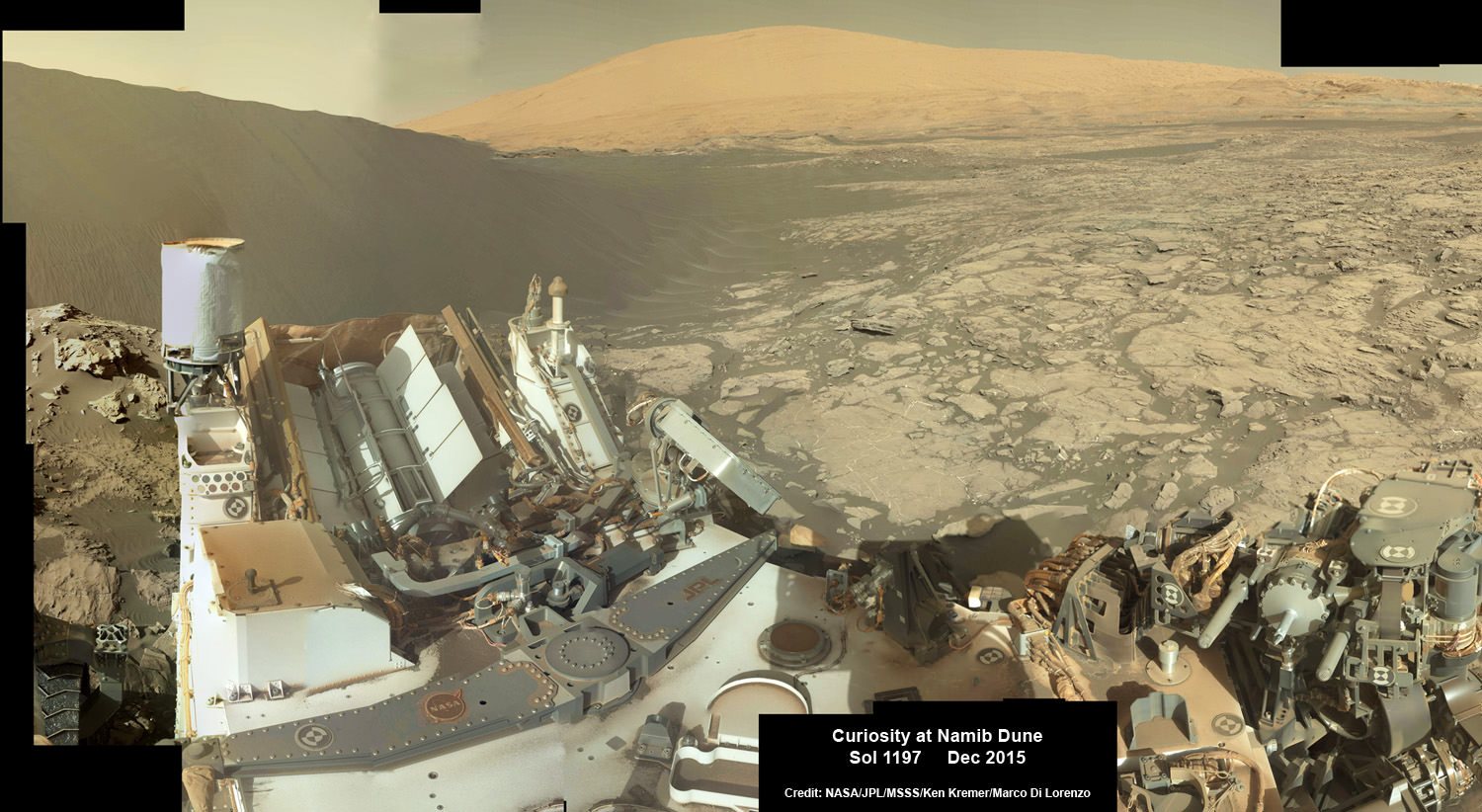
By snapping a series of targeted images pointed in just the right direction using the rovers mast mounted navigation cameras, or navcams, the researchers have composed a series of ‘Dust Devil’ movies – gathered together here for your enjoyment.
“We’re keeping Curiosity busy in an area with lots of sand at a season when there’s plenty of wind blowing it around,” said Curiosity Project Scientist Ashwin Vasavada of NASA’s Jet Propulsion Laboratory, Pasadena, California.
“One aspect we want to learn more about is the wind’s effect on sorting sand grains with different composition. That helps us interpret modern dunes as well as ancient sandstones.”
The movies amply demonstrate that Mars is indeed an active world and winds are by far the dominant force shaping and eroding the Red Planets alien terrain – despite the thin atmosphere less than 1 percent of Earth’s.
Indeed scientists believe that wind erosion over billions of years of time is what caused the formation of Mount Sharp at the center of Gale Crater by removing vast amounts of dust and sedimentary material — about 15,000 cubic miles (64,000 cubic kilometers) — as Mars evolved from a wet world to the dry, desiccated planet we see today.
Gale crater was originally created over 3.6 billion years ago when a gigantic asteroid or comet smashed into Mars. The devastating impact “excavated a basin nearly 100 miles (160 kilometers) wide. Sediments including rocks, sand and silt later filled the basin, some delivered by rivers that flowed in from higher ground surrounding Gale.”
Winds gradually carved away so much sediment and dirt that we are left with the magnificent mountain in view today.
The whirlwinds called “dust devils” have been recorded moving across terrain in the crater, in sequences of afternoon images taken several seconds apart.
The contrast has been enhanced to better show the dust devils in action.
Watch this short NASA video showing Martian Dust Devils seen by Curiosity:
Video Caption: Dust Devils On Mars Seen by NASA’s Curiosity Rover. On recent summer afternoons on Mars, navigation cameras aboard NASA’s Curiosity Mars rover observed several whirlwinds carrying Martian dust across Gale Crater. Dust devils result from sunshine warming the ground, prompting convective rising of air. All the dust devils were seen in a southward direction from the rover. Timing is accelerated and contrast has been modified to make frame-to-frame changes easier to see. Credit: NASA/JPL
The team is also using the probes downward-looking Mars Descent Imager (MARDI) camera for a straight down high resolution up-close view looking beneath the rover. The purpose is to check for daily movement of the dunes she is sitting on to see “how far the wind moves grains of sand in a single day’s time.”
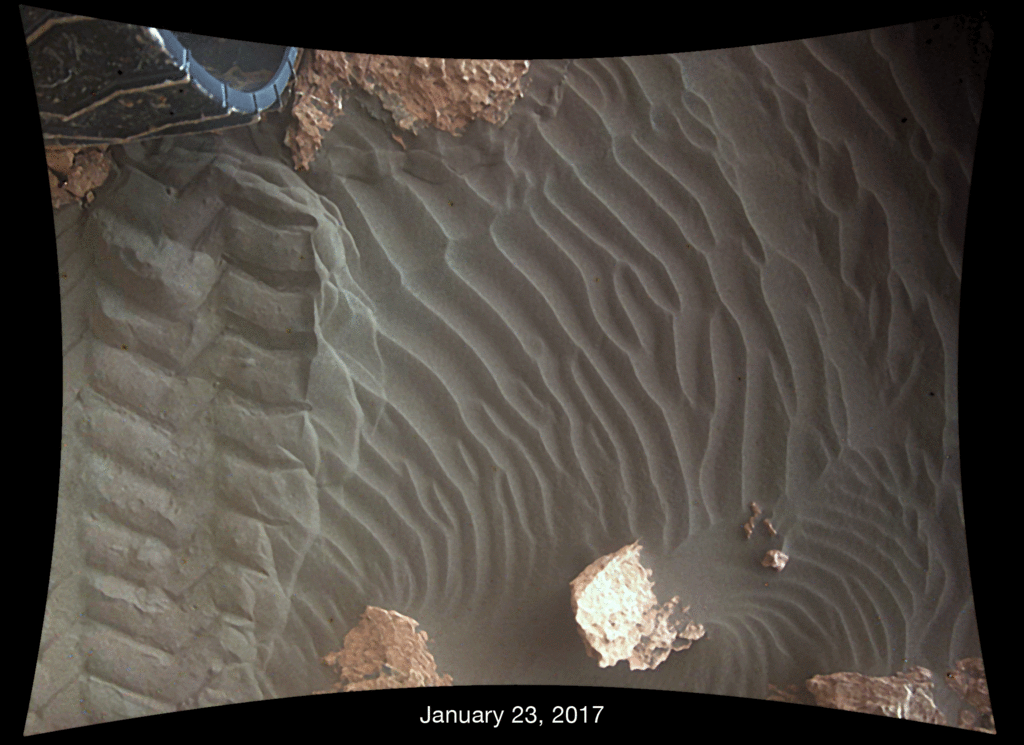
These dune investigations have to be done now, because the six wheeled robot will soon ascend Mount Sharp, the humongous layered mountain at the center of Gale Crater.
Ascending and diligently exploring the sedimentary lower layers of Mount Sharp, which towers 3.4 miles (5.5 kilometers) into the Martian sky, is the primary destination and goal of the rovers long term scientific expedition on the Red Planet.
“Before Curiosity heads farther up Mount Sharp, the mission will assess movement of sand particles at the linear dunes, examine ripple shapes on the surface of the dunes, and determine the composition mixture of the dune material,” researchers said.
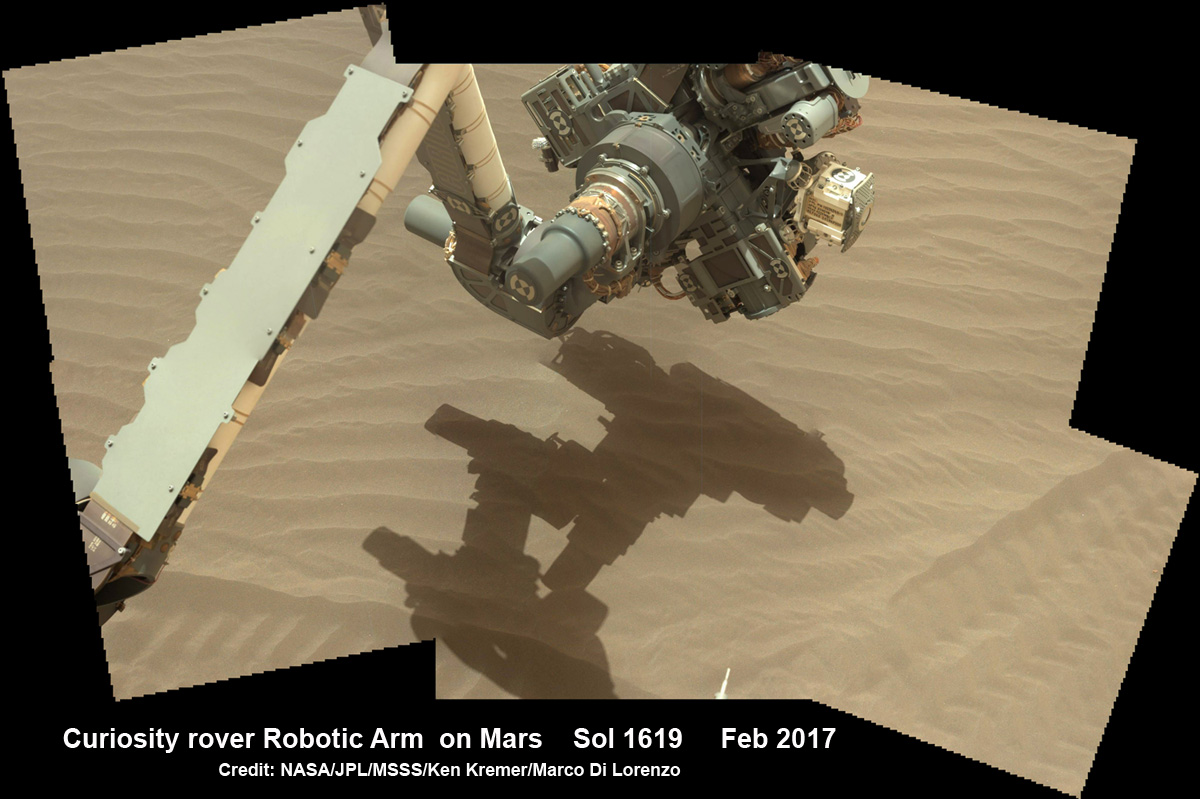
Curiosity is also using the science instruments on the robotic arm turret to gather detailed research measurements with the cameras and spectrometers.
As of today, Sol 1625, March 2, 2017, Curiosity has driven over 9.70 miles (15.61 kilometers) since its August 2012 landing inside Gale Crater, and taken over 391,000 amazing images.
Stay tuned here for Ken’s continuing Earth and planetary science and human spaceflight news.
